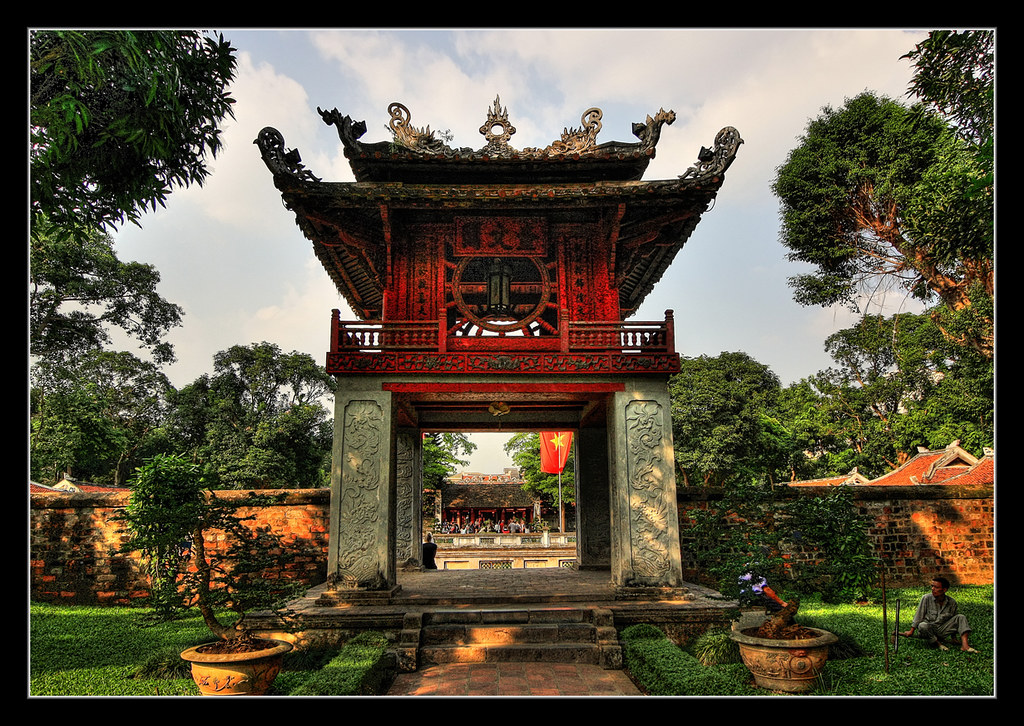Explore Huế - Vietnam’s Ancient Imperial City
Hue, an ancient city nestled along the banks of the Huong River, is one of Vietnam's most significant historical and cultural destinations. With a rich feudal history and a crucial role in the nation's history, it served as the political, cultural, and religious center of the Nguyen dynasty during the feudal era.
The city's history is deeply intertwined with the Nguyen dynasty, which ruled from 1802 to 1945. This period left an indelible mark on Hue, shaping its identity and legacy. Hue boasts architectural marvels such as the Imperial City, a vast complex that once served as the residence of the Nguyen emperors. Within this complex lies the Forbidden Purple City, a once-restricted area reserved for the royal family. The Thien Mu Pagoda, with its iconic seven-story tower, stands as one of the oldest religious sites in the city, offering panoramic views of the Huong River.
.jpg)
In addition to these, Hue is home to the Royal Tombs, grand structures that serve as the final resting places of the Nguyen emperors. Each tomb is uniquely designed, reflecting the personality and preferences of the emperor it commemorates. The Hue National School, one of the oldest educational institutions in Vietnam, and An Dinh Palace, an architectural gem blending Vietnamese and Western styles, further enrich the city's historical tapestry.
Throughout the French and American wars, Hue witnessed fierce battles, notably during the Tet Offensive in 1968, resulting in significant destruction. The Tet Offensive was a pivotal moment in the Vietnam War, and Hue's strategic location made it a key target. Despite the devastation, the indomitable spirit of the people helped the city overcome adversity and thrive after the war. The resilience of the Hue residents is a testament to their strength and dedication to preserving their cultural heritage.
Beyond being a repository of invaluable historical heritage, Hue also preserves numerous traditional cultural legacies of Vietnam in various fields such as architecture, fine arts, poetry, music, and cuisine.
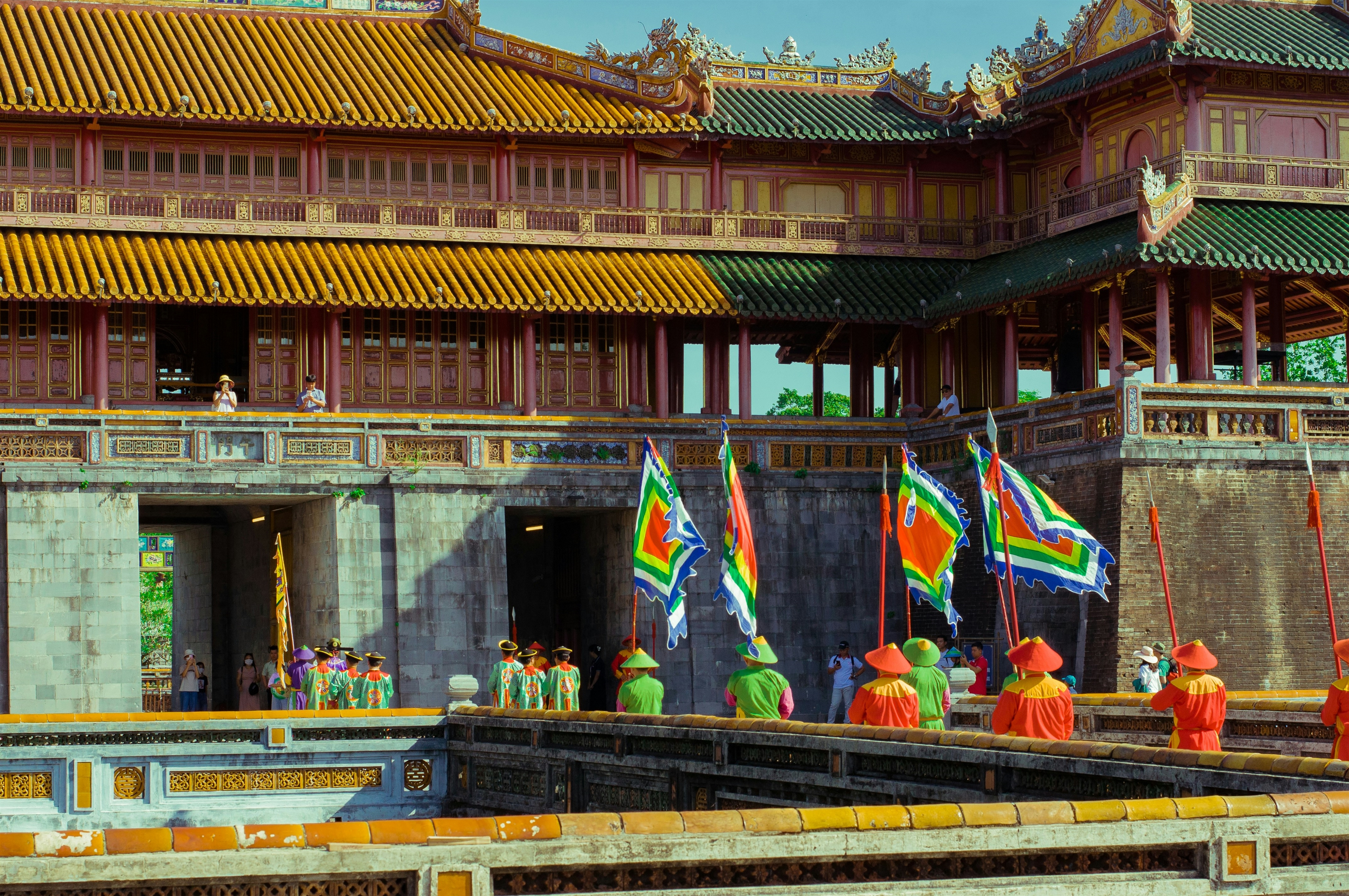
Architecturally, Hue showcases a refined blend of classical Vietnamese style and influences from Chinese architecture. The Imperial City, temples, palaces, and shrines stand as epitomes of the solemn beauty and grandeur of bygone feudal dynasties. The intricate carvings, elaborate decorations, and harmonious layouts of these structures reflect the sophisticated aesthetic principles of the time.
Moreover, Hue is the birthplace and cradle of unique traditional art forms like tuong (classical drama), Hue singing, court music, and court dance. These art forms not only reflect elegance and sophistication but also symbolize the refinement and gracefulness of Hue's court culture. Hue's court music, known as "Nha Nhac," has been recognized by UNESCO as an Intangible Cultural Heritage of Humanity. The performances of these art forms transport audiences back to the royal courts, offering a glimpse into the cultural life of the Nguyen dynasty.
It would be a grave omission not to mention Hue's distinctive and diverse culinary scene. Traditional dishes like beef noodle soup (bun bo), water fern cake (banh beo), pancake (banh khoai), grilled pork skewers (nem lui), and many others embody the rich and enticing flavors of Central Vietnam.
Hue's cuisine is renowned for its balance of flavors and meticulous presentation, reflecting the city's royal heritage. Some of the most famous dishes include:
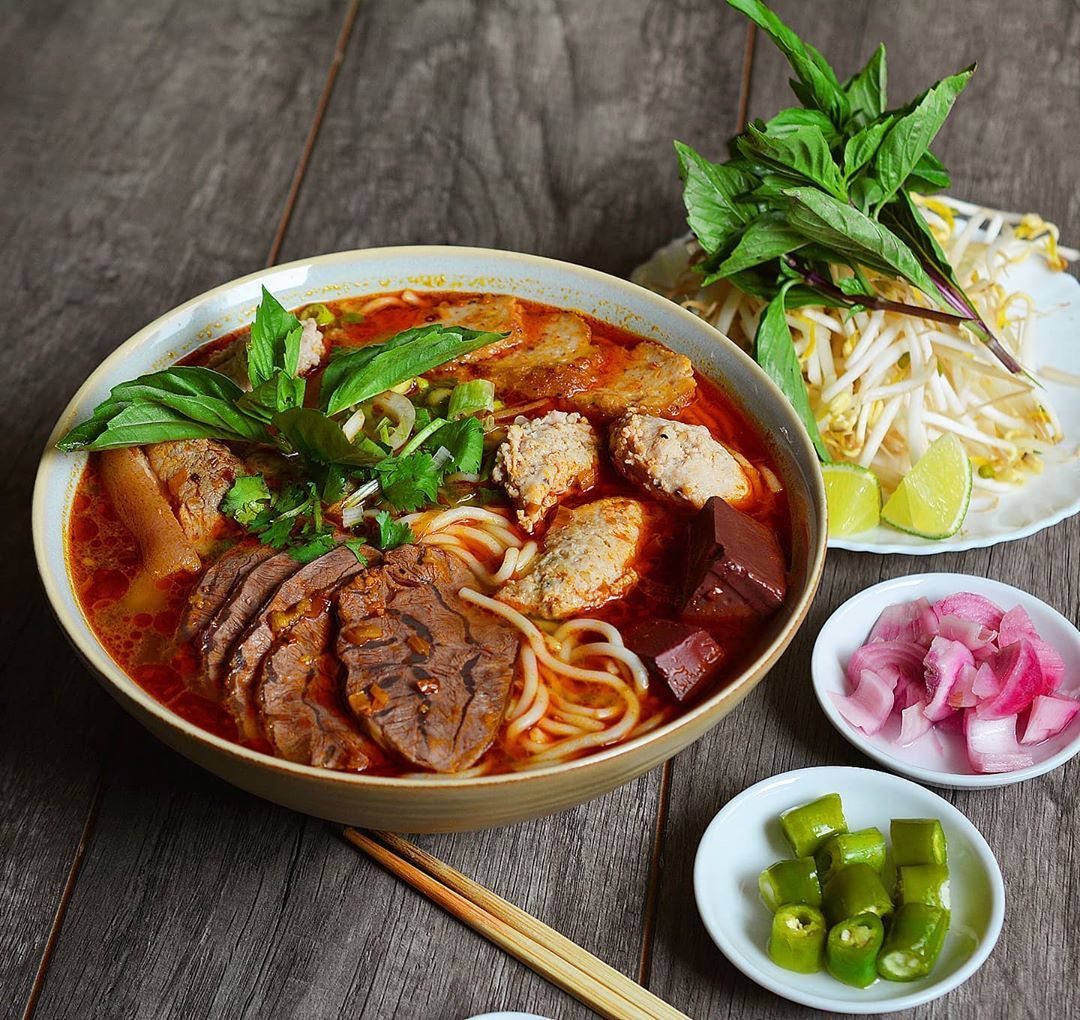 Bun Bo Hue: A spicy beef noodle soup that is a staple of Hue's culinary offerings. The broth is made from beef bones, lemongrass, and fermented shrimp paste, giving it a rich and complex flavor. It's typically served with tender slices of beef, pork, and sometimes even congealed pig's blood. Fresh herbs, lime, and chili paste are added to taste, making each bowl a personalized experience.
Bun Bo Hue: A spicy beef noodle soup that is a staple of Hue's culinary offerings. The broth is made from beef bones, lemongrass, and fermented shrimp paste, giving it a rich and complex flavor. It's typically served with tender slices of beef, pork, and sometimes even congealed pig's blood. Fresh herbs, lime, and chili paste are added to taste, making each bowl a personalized experience.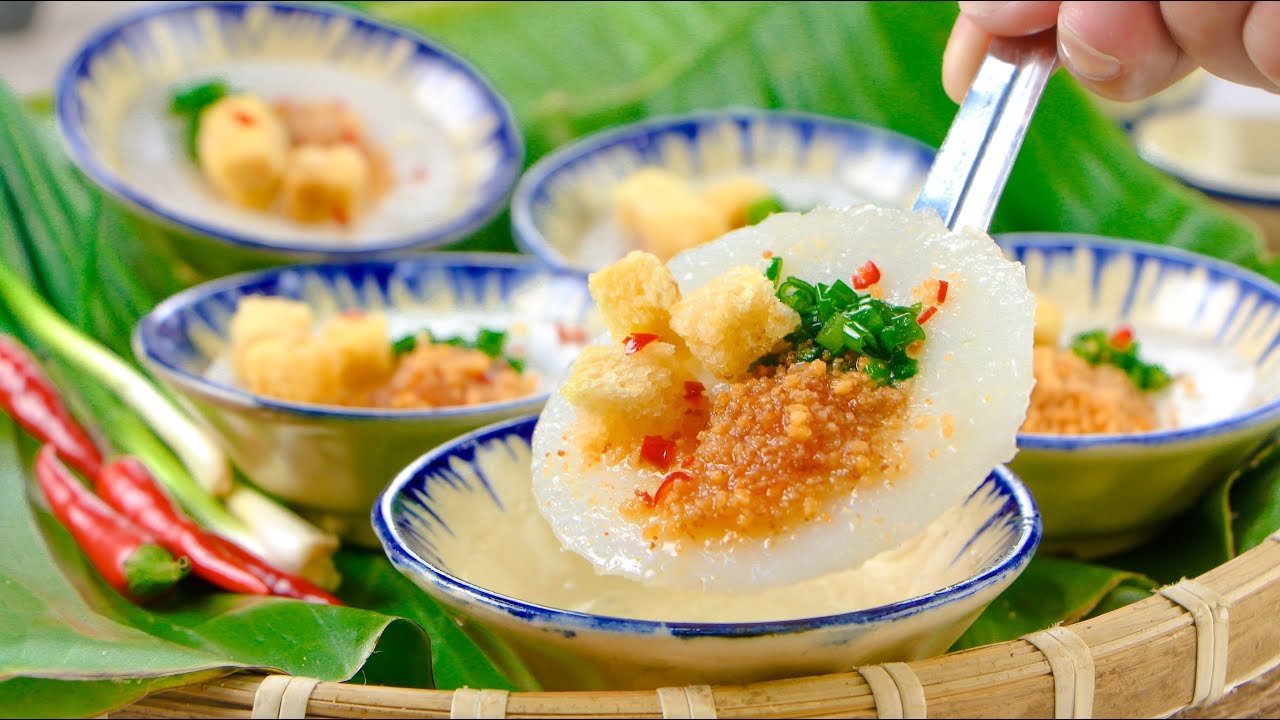 Banh Beo: Water fern cakes are delicate steamed rice cakes topped with minced shrimp, crispy shallots, and mung bean paste. They are served with a tangy dipping sauce made from fish sauce, lime juice, and chili. These bite-sized treats are perfect for snacking and offer a unique texture that is both soft and slightly chewy.
Banh Beo: Water fern cakes are delicate steamed rice cakes topped with minced shrimp, crispy shallots, and mung bean paste. They are served with a tangy dipping sauce made from fish sauce, lime juice, and chili. These bite-sized treats are perfect for snacking and offer a unique texture that is both soft and slightly chewy.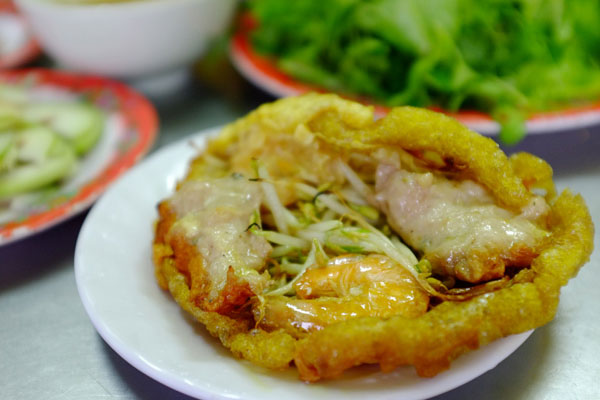 Banh Khoai: Hue-style savory pancakes are made with rice flour and are typically stuffed with shrimp, pork, and bean sprouts. The batter is cooked until crispy, and the pancakes are often served with fresh herbs and a special dipping sauce made from fermented soybeans, adding a rich umami flavor.
Banh Khoai: Hue-style savory pancakes are made with rice flour and are typically stuffed with shrimp, pork, and bean sprouts. The batter is cooked until crispy, and the pancakes are often served with fresh herbs and a special dipping sauce made from fermented soybeans, adding a rich umami flavor. Nem Lui: Grilled pork skewers are a popular street food in Hue. The pork is marinated with lemongrass, garlic, and sugar before being grilled to perfection. The skewers are served with rice paper, fresh herbs, and a variety of pickled vegetables. Diners wrap the pork and accompaniments in the rice paper, creating a flavorful and texturally diverse roll.
Nem Lui: Grilled pork skewers are a popular street food in Hue. The pork is marinated with lemongrass, garlic, and sugar before being grilled to perfection. The skewers are served with rice paper, fresh herbs, and a variety of pickled vegetables. Diners wrap the pork and accompaniments in the rice paper, creating a flavorful and texturally diverse roll. Com Hen: A dish consisting of rice mixed with baby clams, herbs, and crispy pork rinds. The clams are sautéed with onions, garlic, and a blend of spices before being mixed with the rice. This dish is typically served with a side of clam broth and a variety of condiments, allowing diners to customize their meal to their liking.
Com Hen: A dish consisting of rice mixed with baby clams, herbs, and crispy pork rinds. The clams are sautéed with onions, garlic, and a blend of spices before being mixed with the rice. This dish is typically served with a side of clam broth and a variety of condiments, allowing diners to customize their meal to their liking.In addition to its culinary delights, Hue is home to many renowned destinations that attract tourists from around the world:
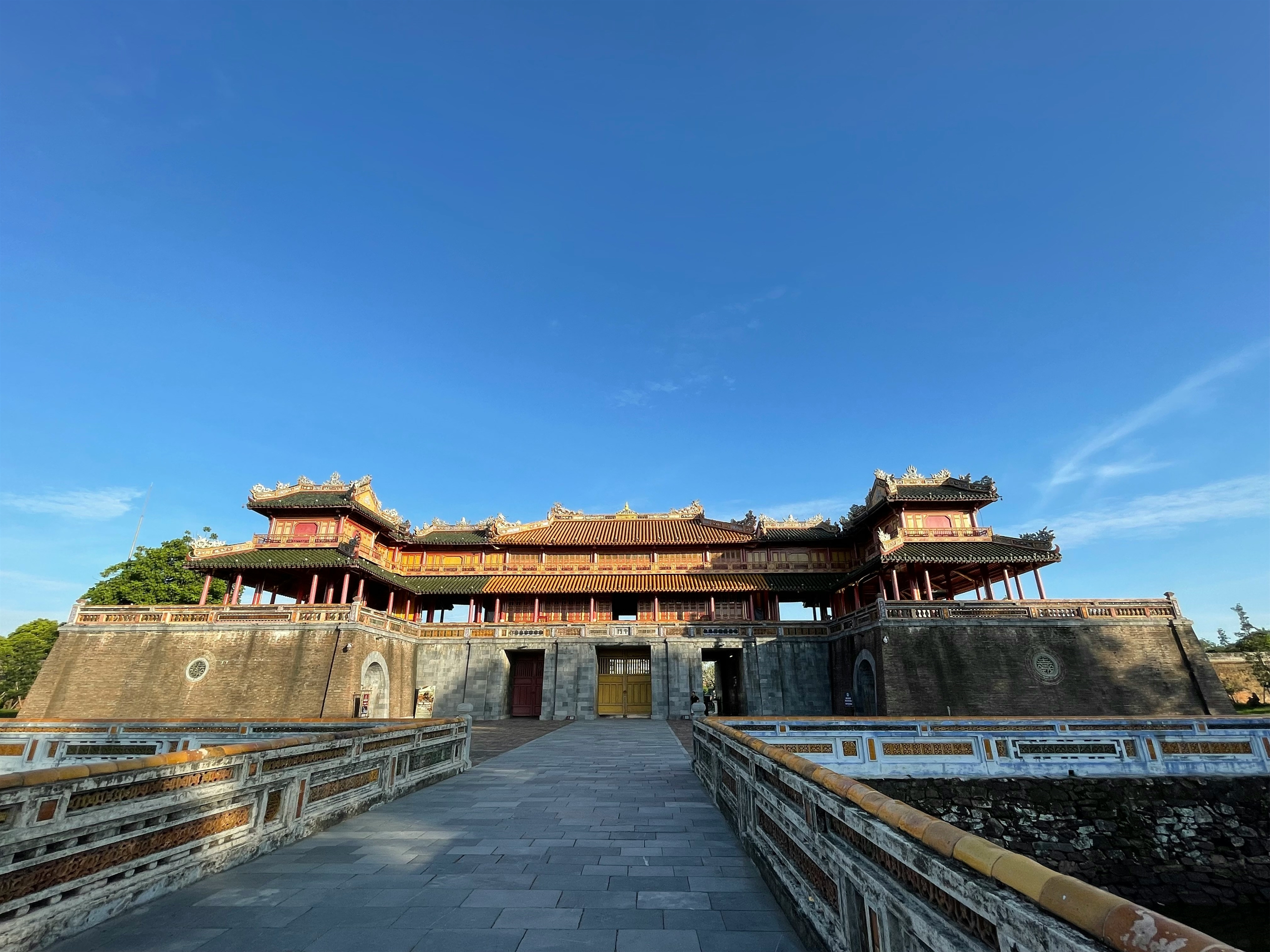 Imperial City (Citadel): The heart of Hue's historical complex, this walled fortress and palace were once the seat of the Nguyen emperors. The Citadel encompasses several key structures, including the Flag Tower, the Noon Gate, and the Palace of Supreme Harmony. Each building within the Citadel tells a story of the Nguyen dynasty's reign, with ornate designs and symbolic architecture.
Imperial City (Citadel): The heart of Hue's historical complex, this walled fortress and palace were once the seat of the Nguyen emperors. The Citadel encompasses several key structures, including the Flag Tower, the Noon Gate, and the Palace of Supreme Harmony. Each building within the Citadel tells a story of the Nguyen dynasty's reign, with ornate designs and symbolic architecture.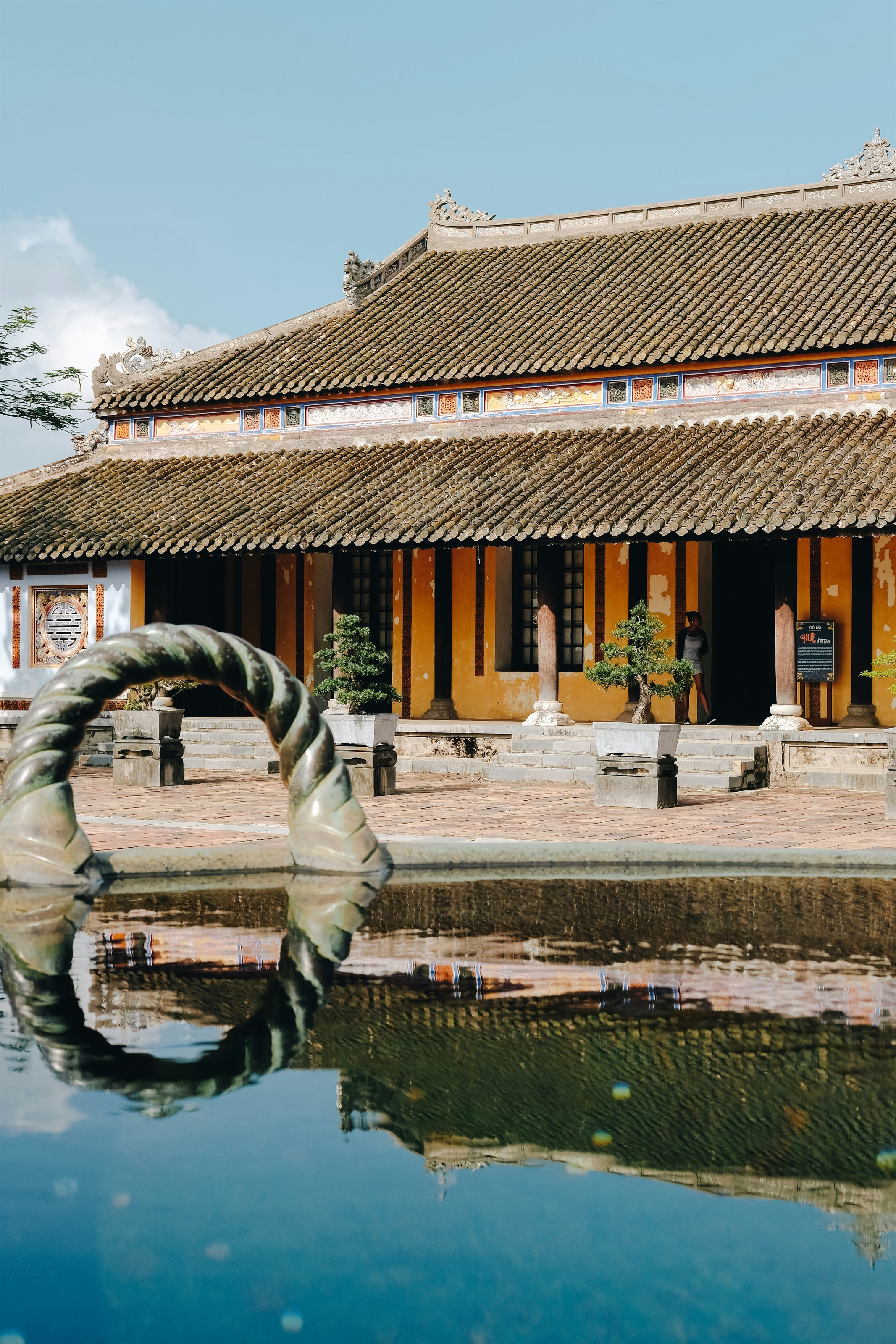 Thien Mu Pagoda: This iconic pagoda is not only a religious site but also a symbol of Hue. Built in 1601, it is the oldest pagoda in the city and offers stunning views of the Huong River. The pagoda's seven-story tower, Phuoc Duyen Tower, is a prominent feature, and the surrounding gardens provide a peaceful retreat for visitors.
Thien Mu Pagoda: This iconic pagoda is not only a religious site but also a symbol of Hue. Built in 1601, it is the oldest pagoda in the city and offers stunning views of the Huong River. The pagoda's seven-story tower, Phuoc Duyen Tower, is a prominent feature, and the surrounding gardens provide a peaceful retreat for visitors..jpg) Tomb of Khai Dinh: A fusion of Vietnamese and European architectural styles, this royal tomb is known for its intricate decorations and stunning hilltop views. Constructed over 11 years, the tomb features a mix of traditional Vietnamese designs and elements inspired by French architecture, reflecting Emperor Khai Dinh's admiration for Western culture.
Tomb of Khai Dinh: A fusion of Vietnamese and European architectural styles, this royal tomb is known for its intricate decorations and stunning hilltop views. Constructed over 11 years, the tomb features a mix of traditional Vietnamese designs and elements inspired by French architecture, reflecting Emperor Khai Dinh's admiration for Western culture.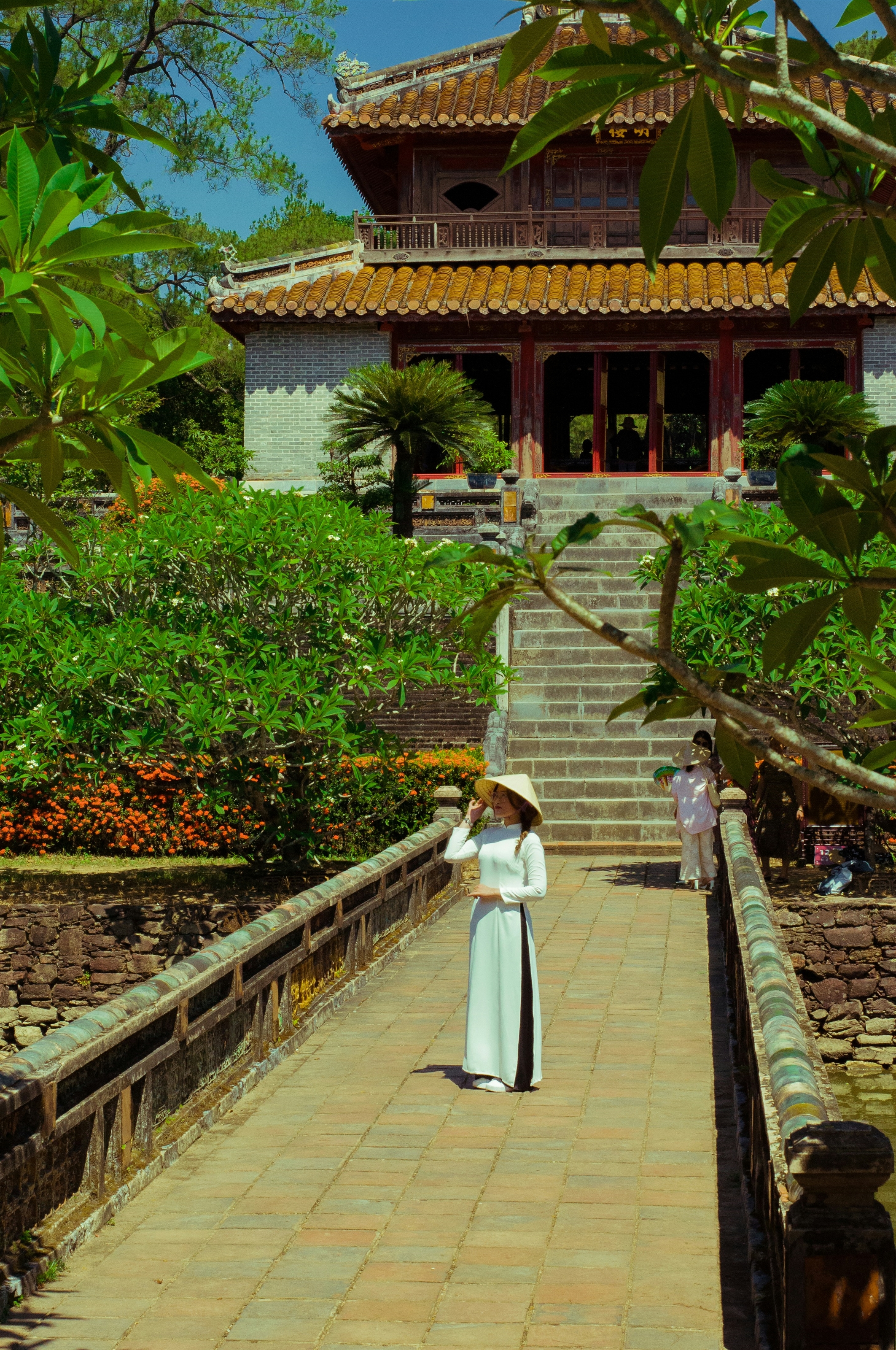 Tomb of Minh Mang: Set amidst tranquil gardens and lakes, this tomb is celebrated for its harmonious design and serene atmosphere. The tomb complex includes over 40 structures, including palaces, temples, and pavilions, all arranged in perfect symmetry. It is a testament to Emperor Minh Mang's vision of creating a peaceful and dignified resting place.
Tomb of Minh Mang: Set amidst tranquil gardens and lakes, this tomb is celebrated for its harmonious design and serene atmosphere. The tomb complex includes over 40 structures, including palaces, temples, and pavilions, all arranged in perfect symmetry. It is a testament to Emperor Minh Mang's vision of creating a peaceful and dignified resting place. Perfume River (Huong River): Flowing through the heart of Hue, this river offers scenic boat tours that showcase the city's beauty and historical sites. The river gets its name from the fragrant flowers that fall into the water from orchards upstream. A boat ride on the Perfume River, especially at sunset, provides a picturesque view of Hue's landscapes and historical landmarks.
Perfume River (Huong River): Flowing through the heart of Hue, this river offers scenic boat tours that showcase the city's beauty and historical sites. The river gets its name from the fragrant flowers that fall into the water from orchards upstream. A boat ride on the Perfume River, especially at sunset, provides a picturesque view of Hue's landscapes and historical landmarks.Hue, with its harmonious blend of historical significance, cultural richness, and culinary excellence, stands as a testament to Vietnam's vibrant heritage. It is an unmissable destination for international travelers wishing to explore the unique beauty of Vietnam. Whether wandering through its ancient streets, immersing in its cultural activities, or indulging in its culinary delights, Hue promises an unforgettable journey through time and tradition.
Other tour
From
70 USD
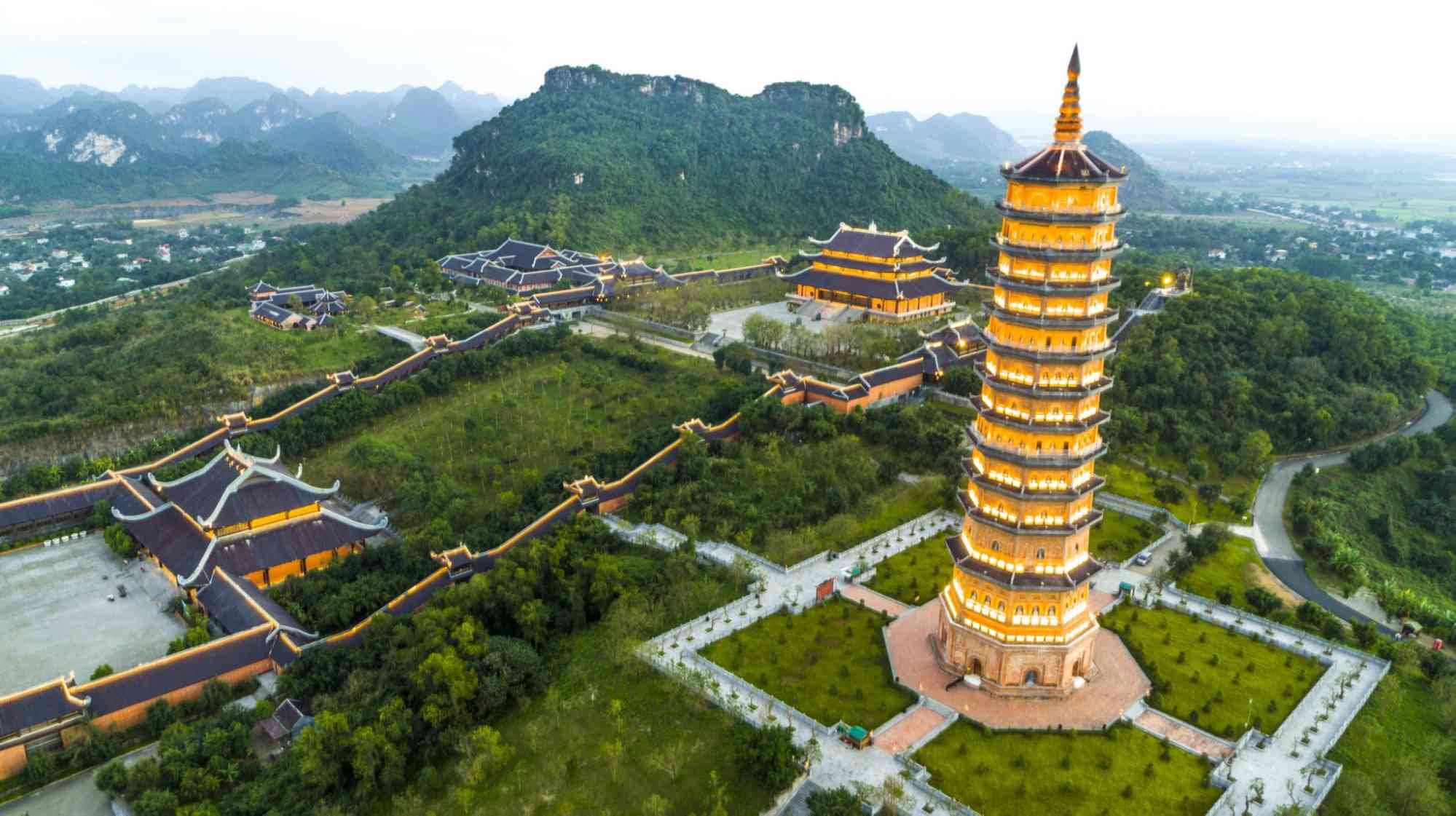 Details
Details
HOA LU – TRANG AN - MUA CAVE -1 DAY TRIP BY LIMOUSINE
AFT
Ha noi
0 Days
Day trip
From
25 USD
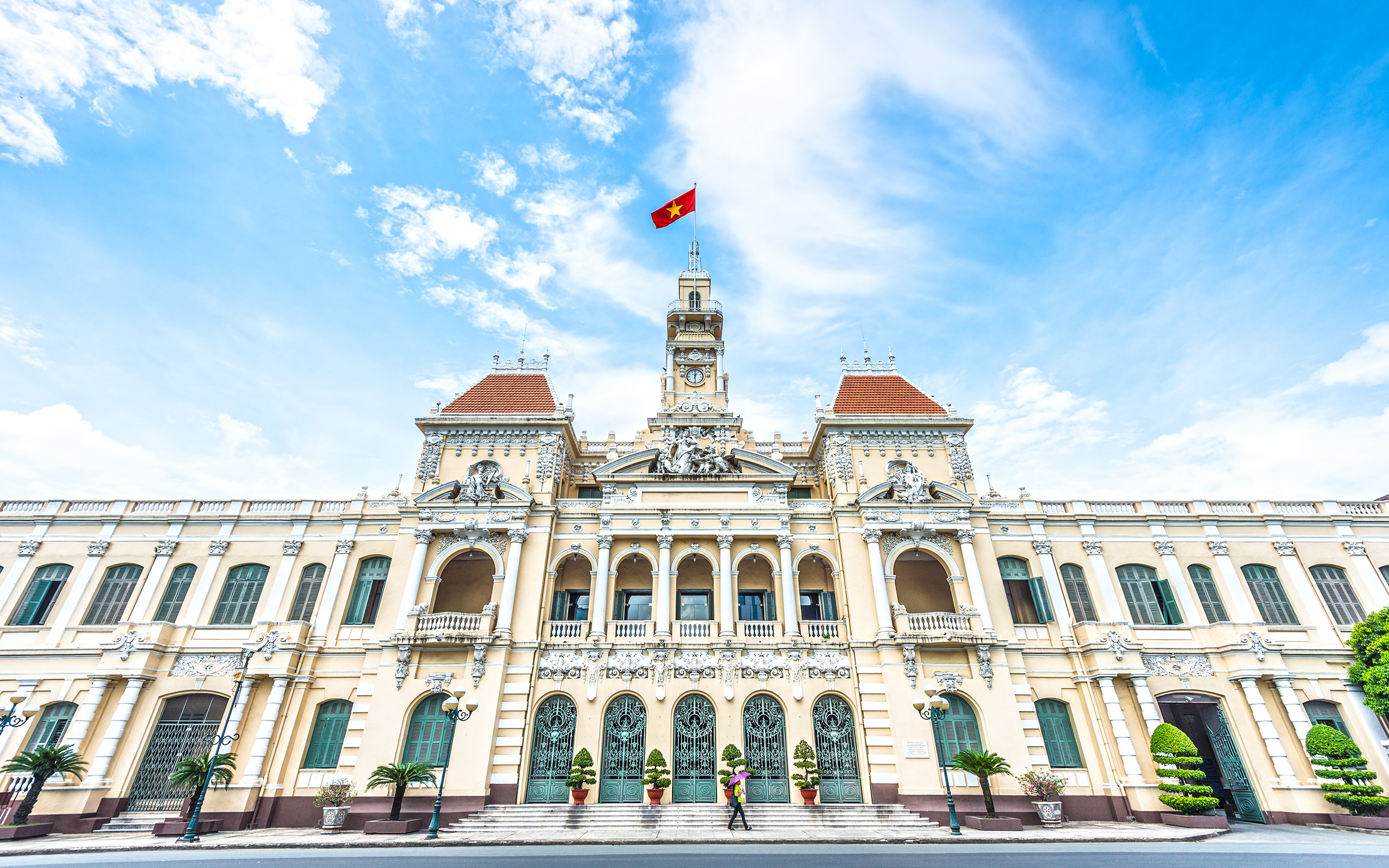 Details
Details
Ho Chi Minh - Cu Chi Tunnel - Ho Chi Minh
CHA01
Ho Chi Minh City
1 Days
Day trip


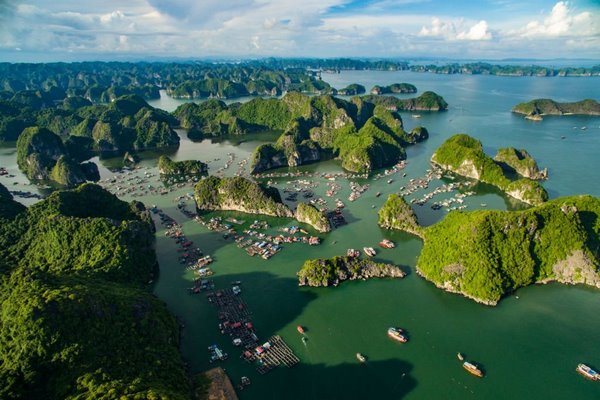
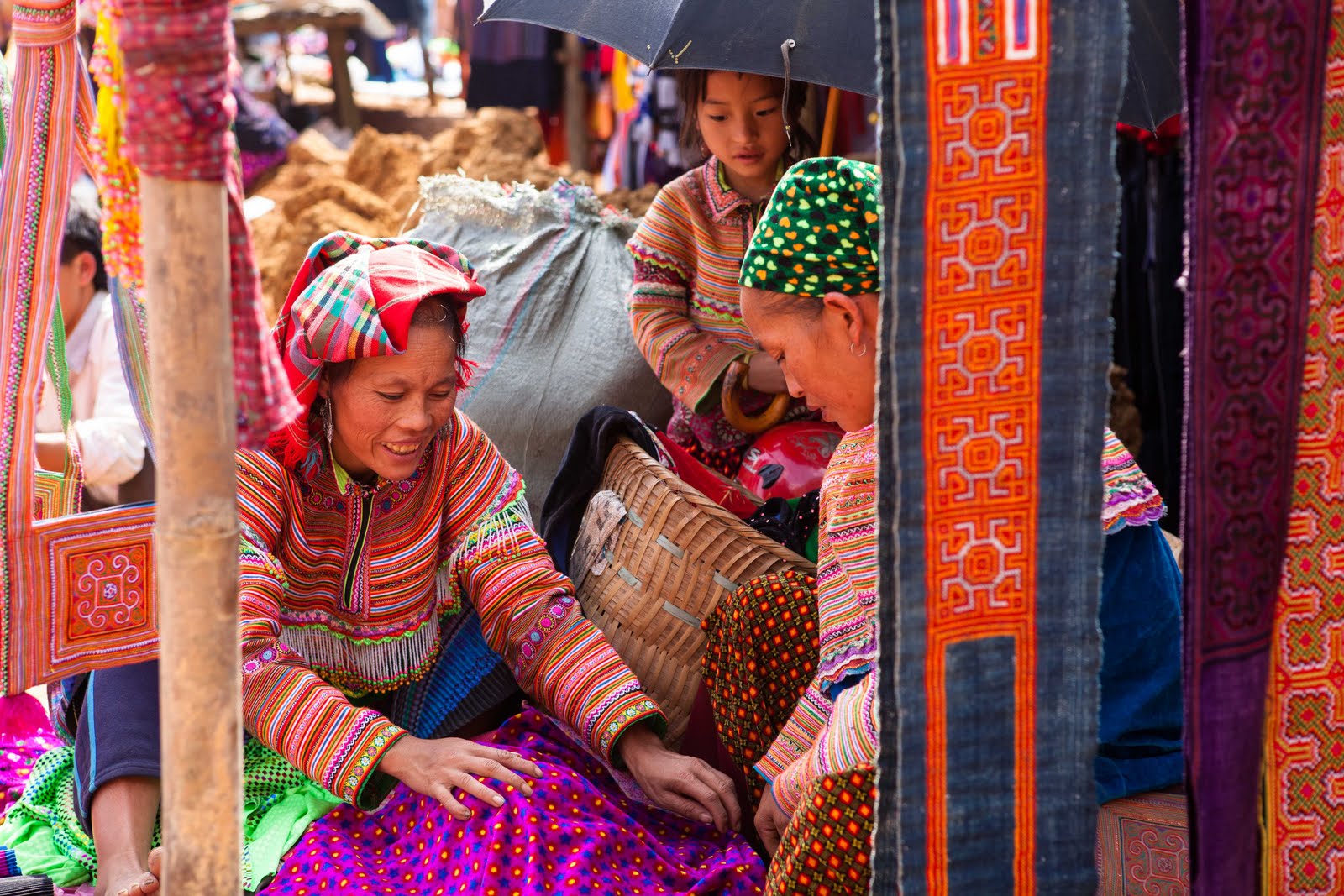



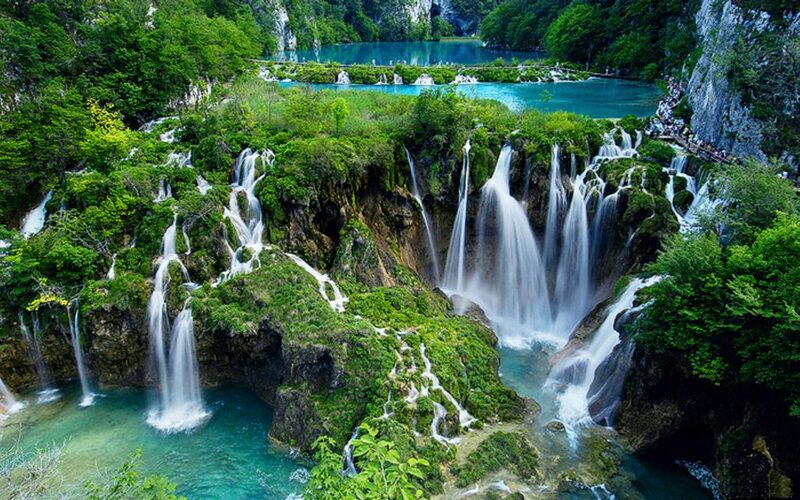

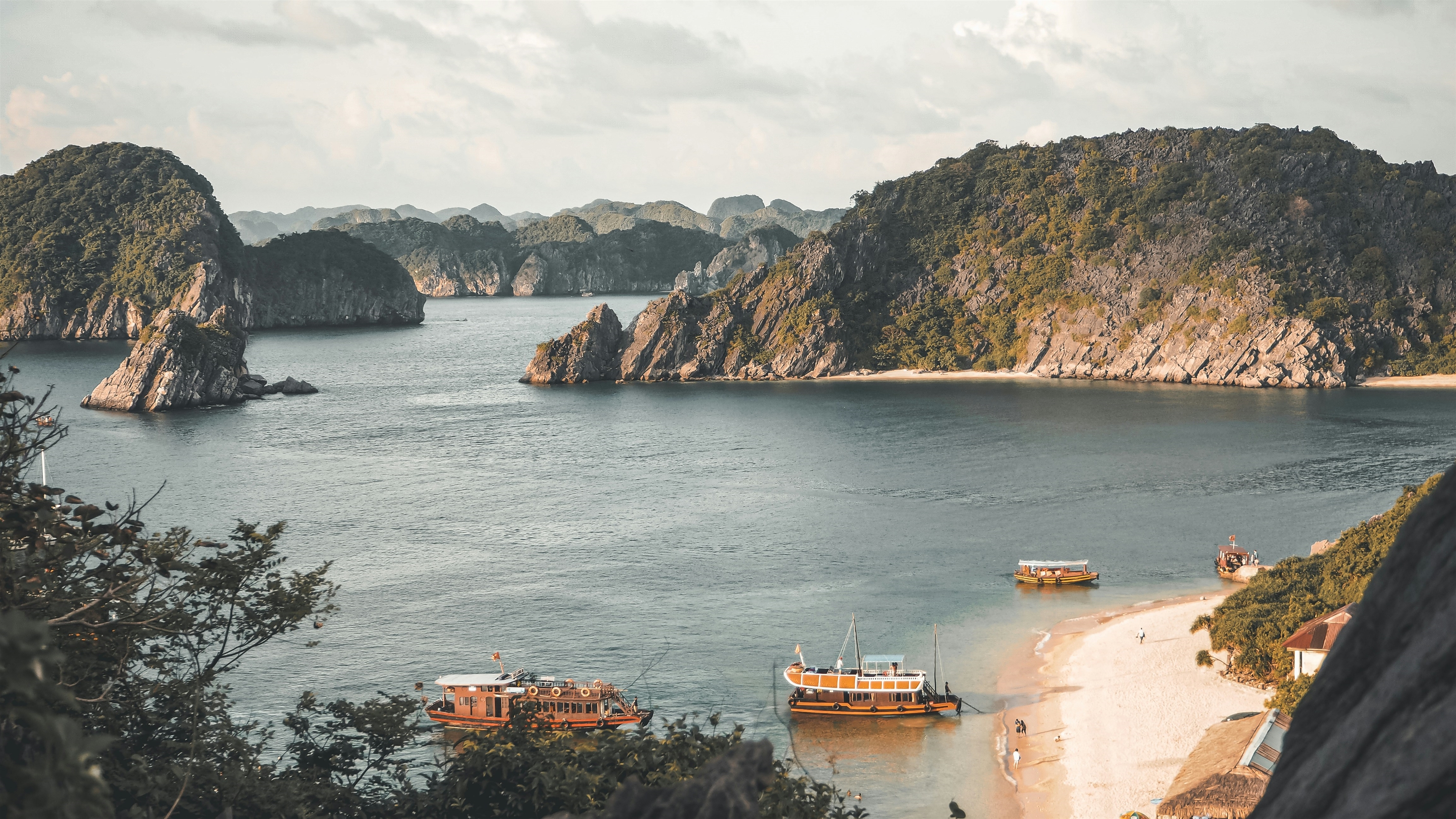

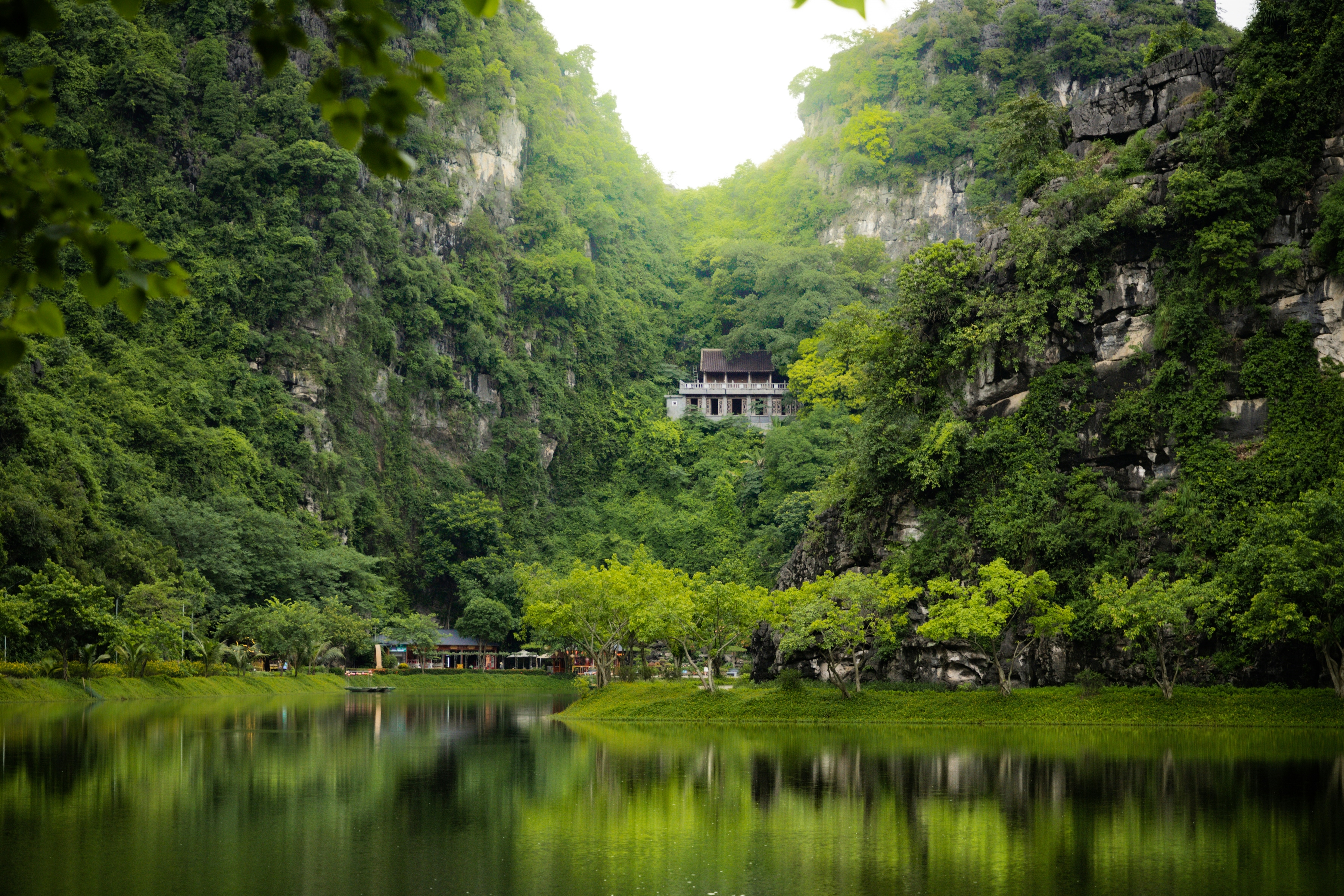
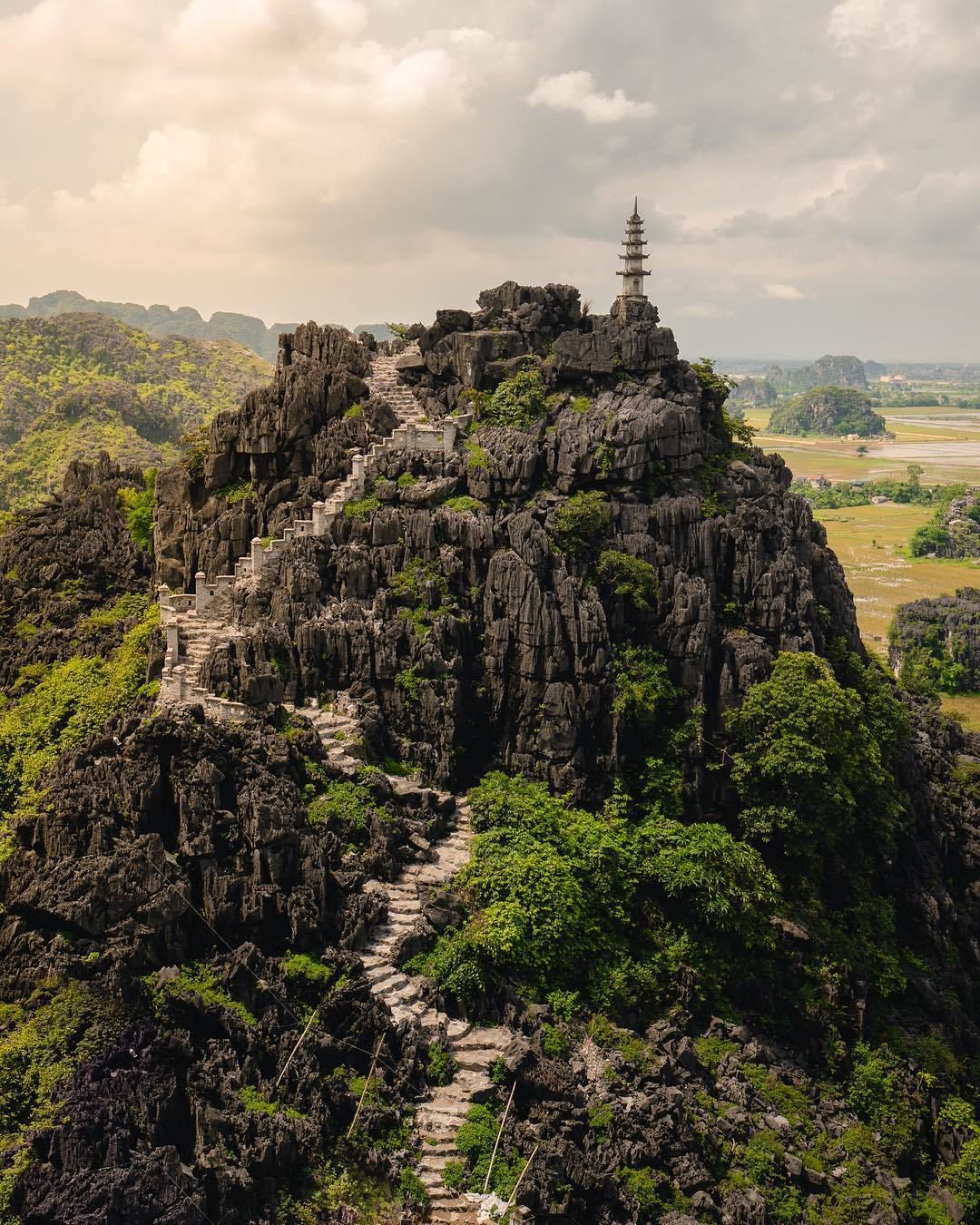
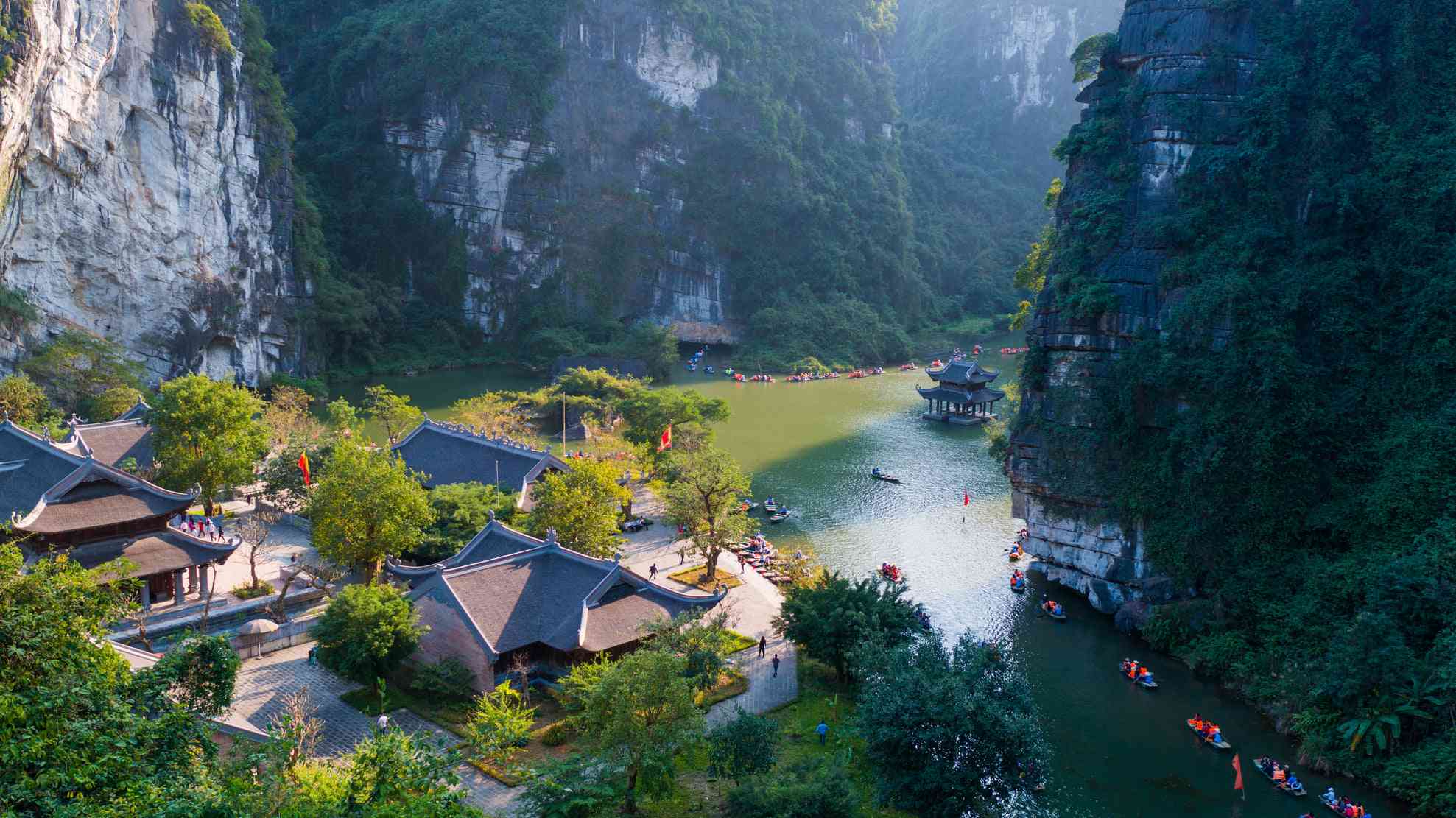
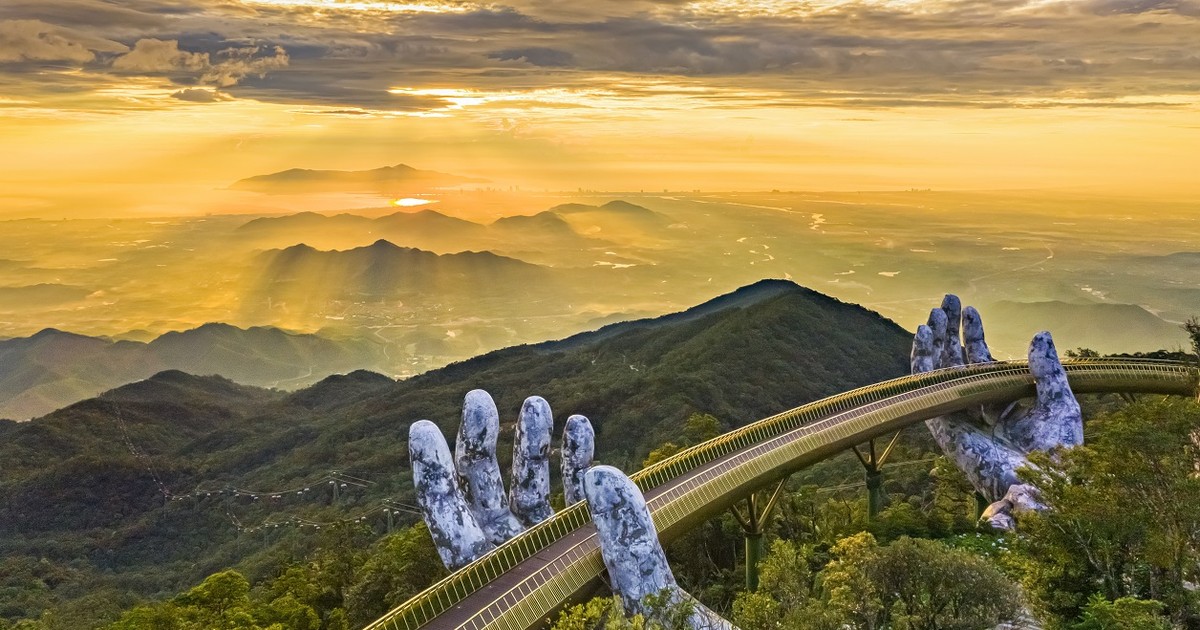

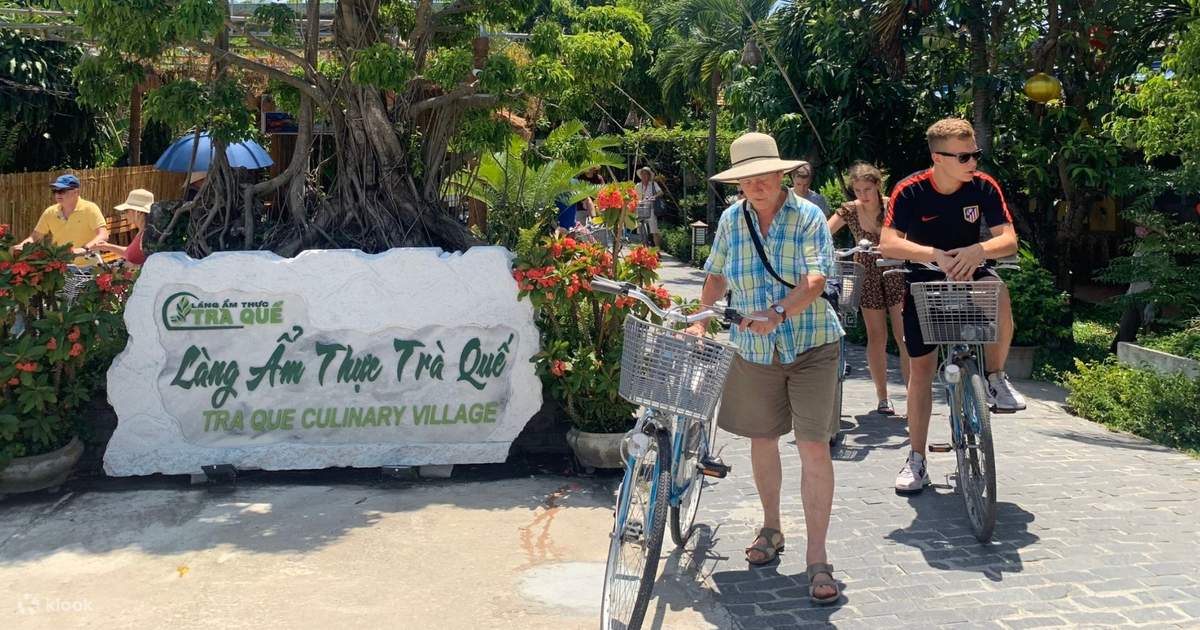
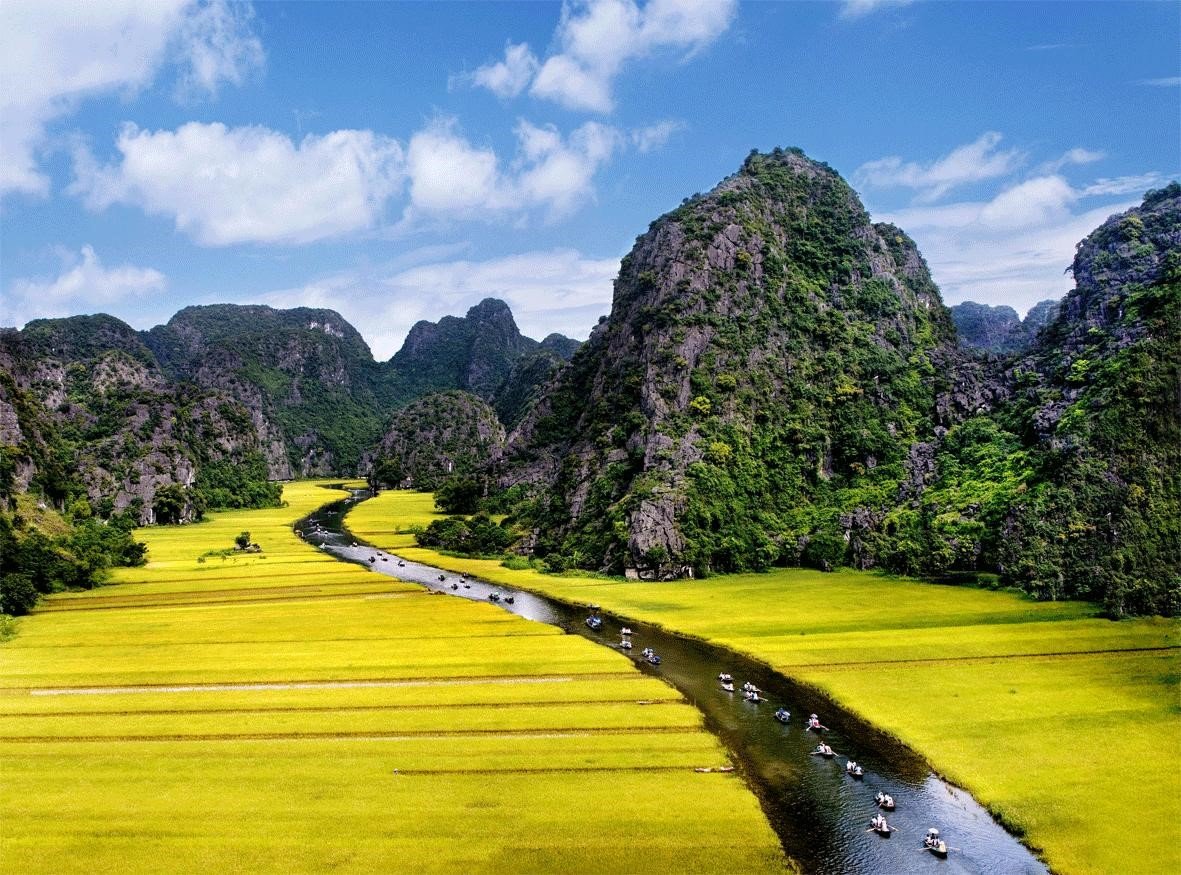

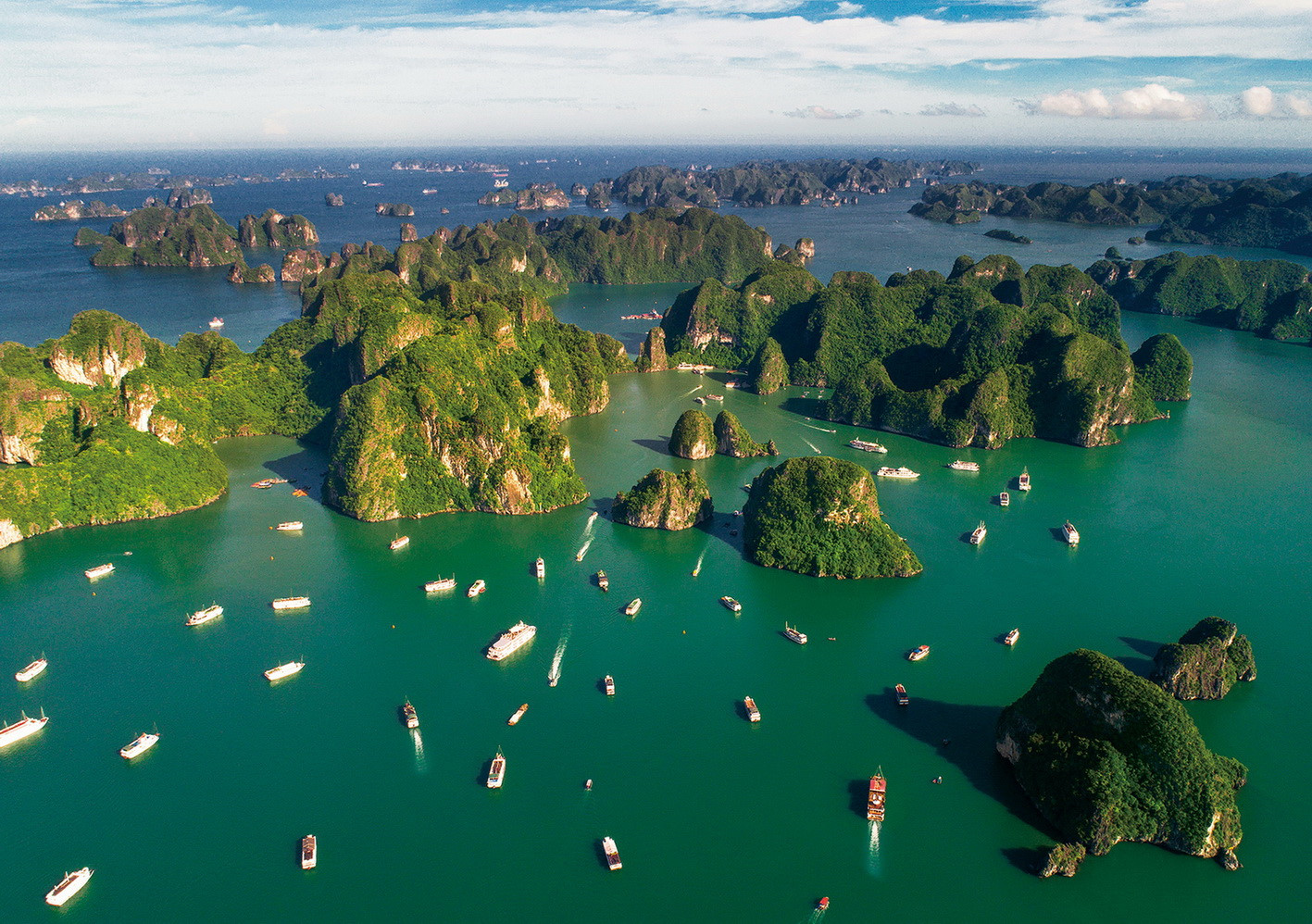


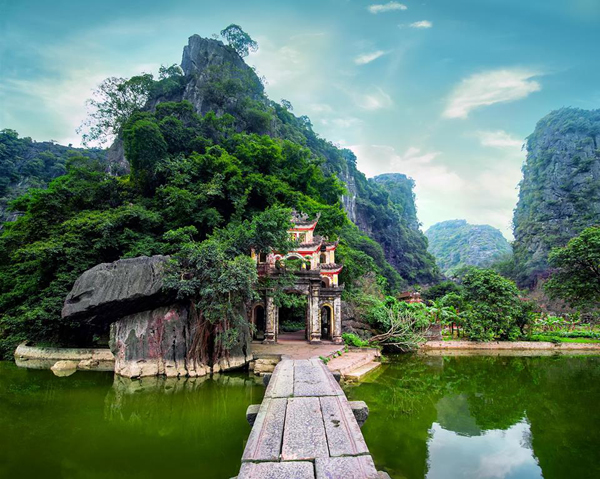

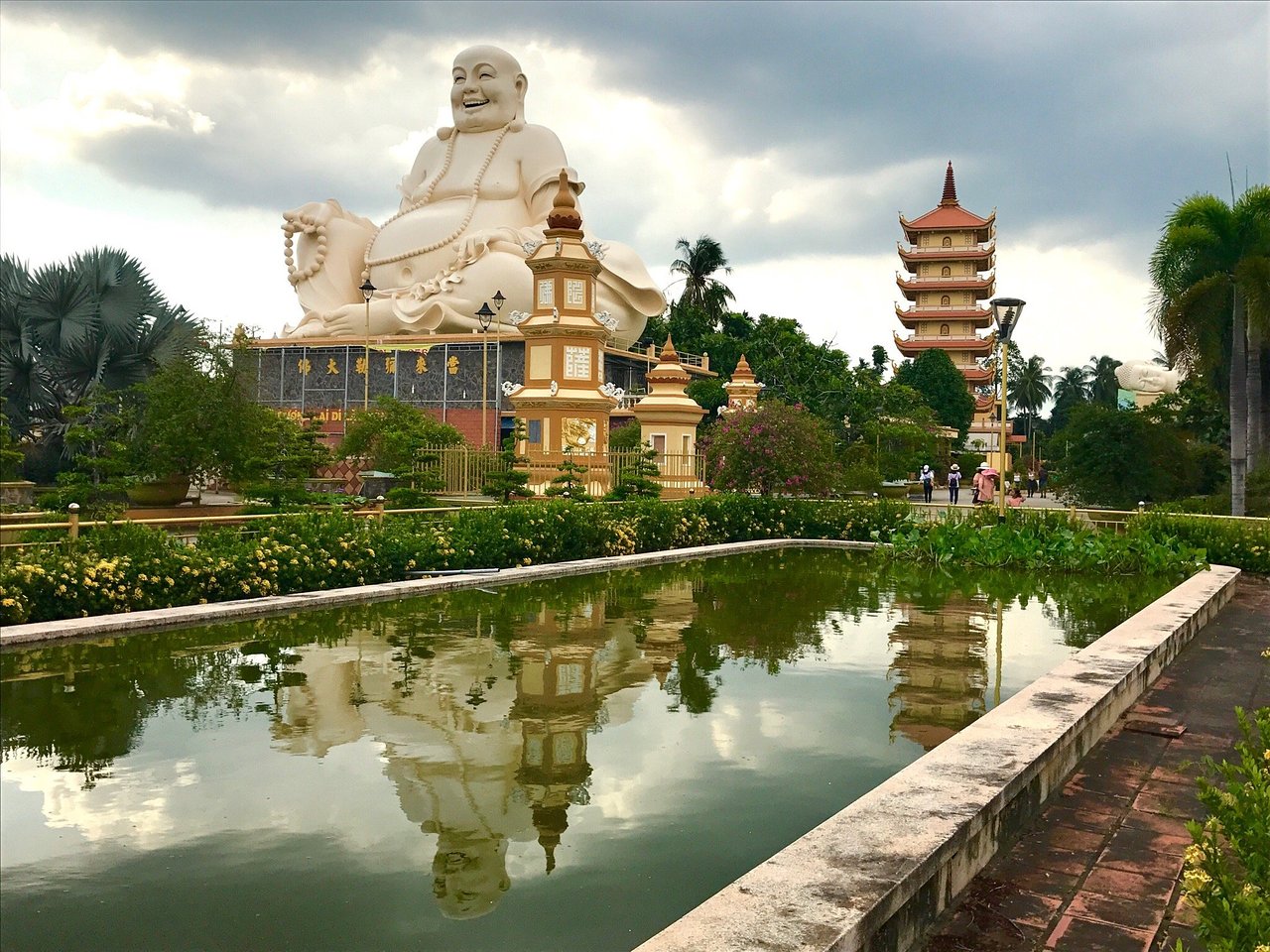

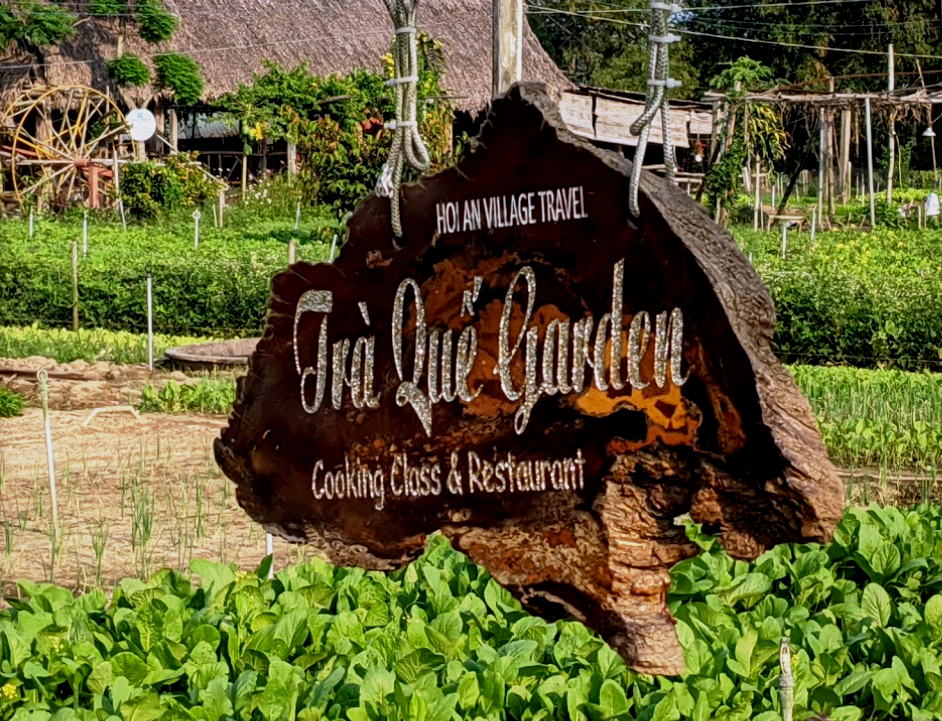
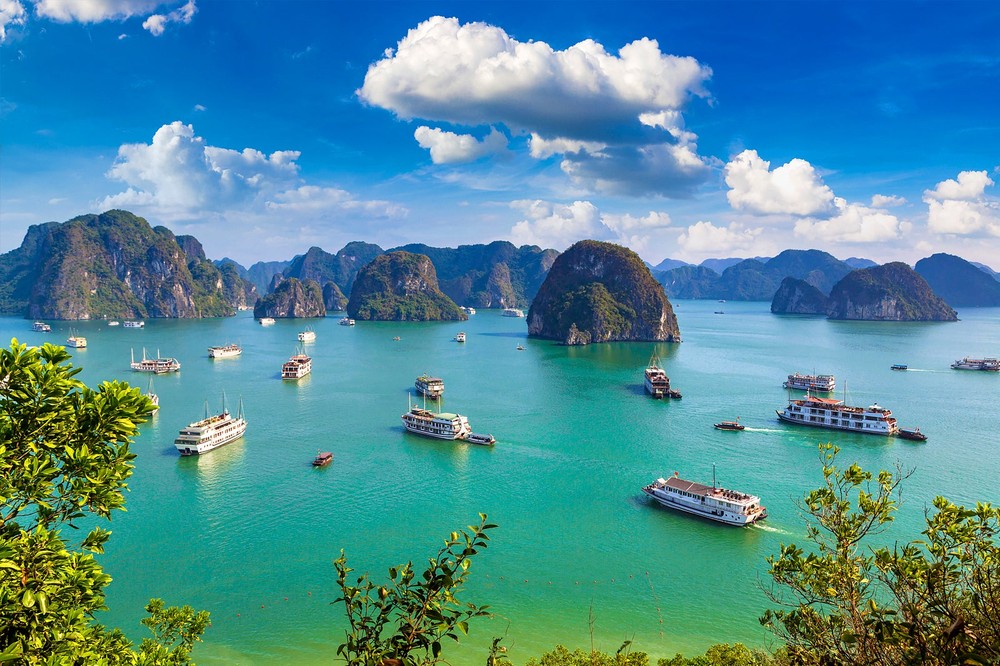

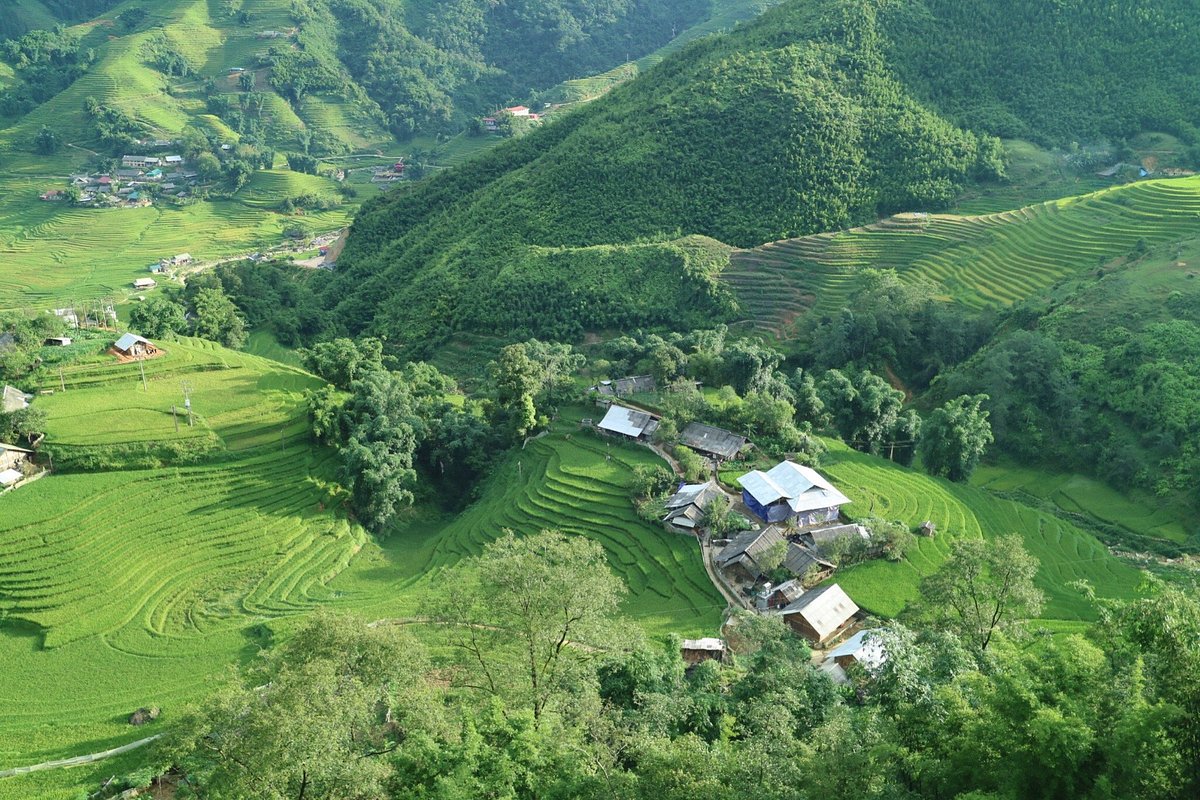
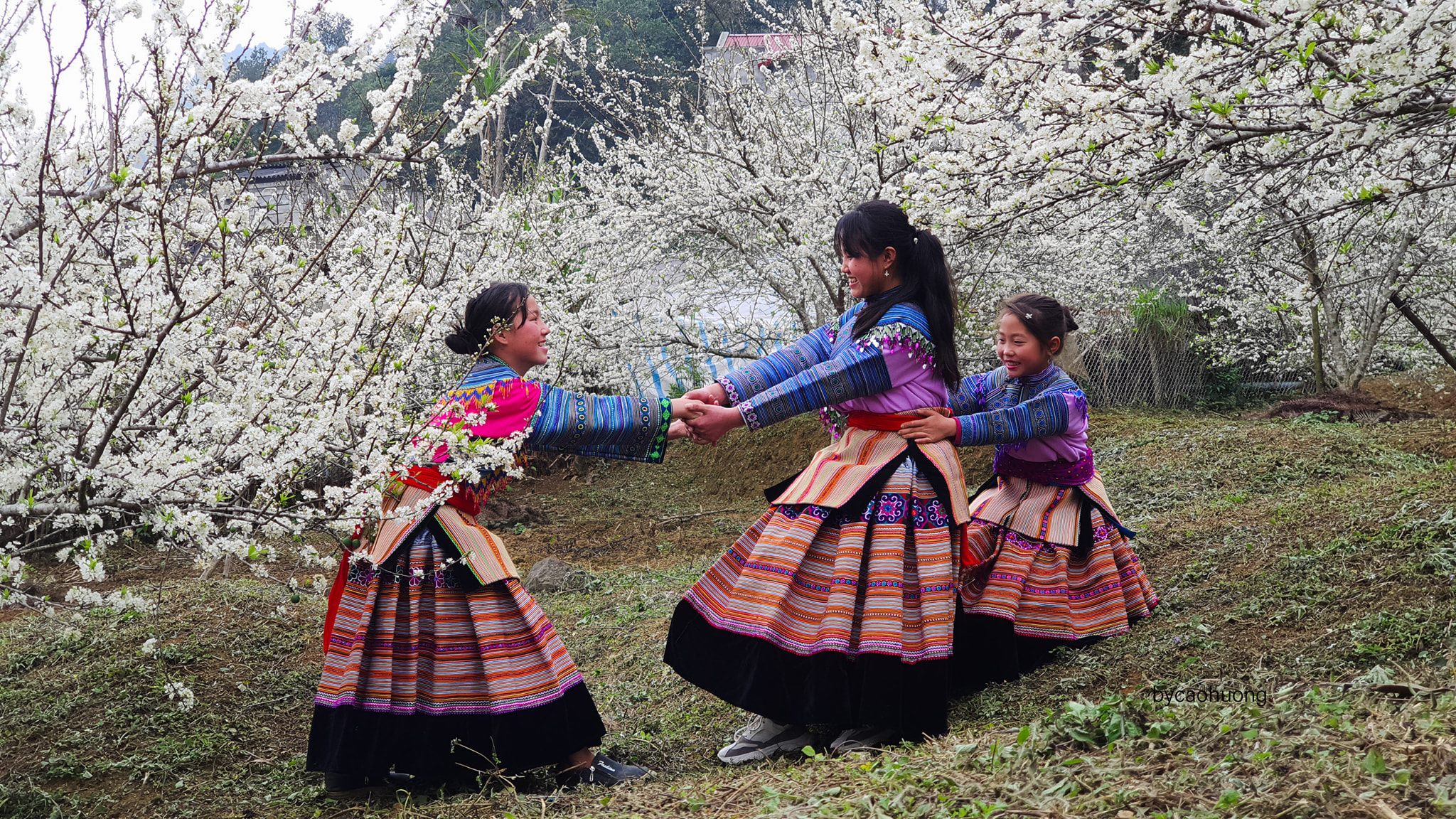



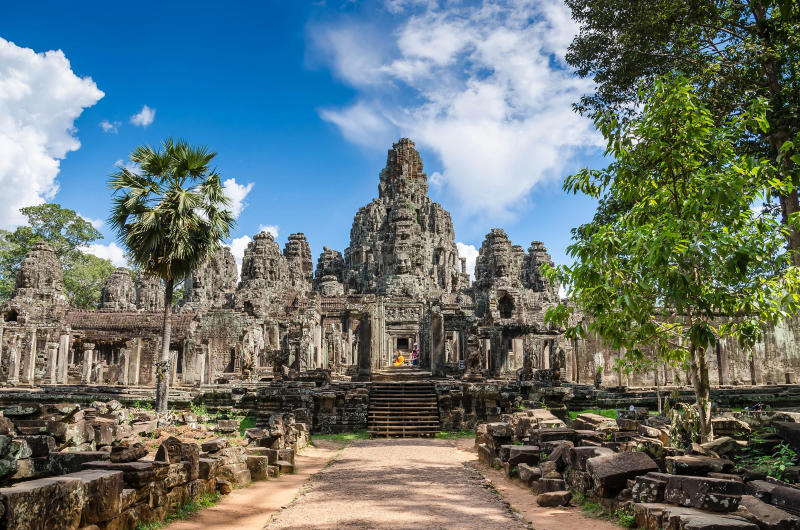
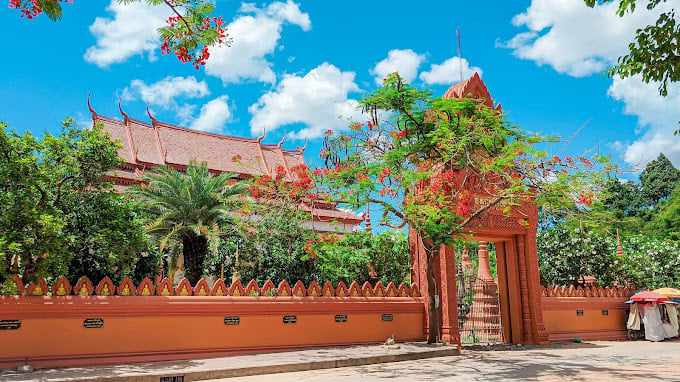

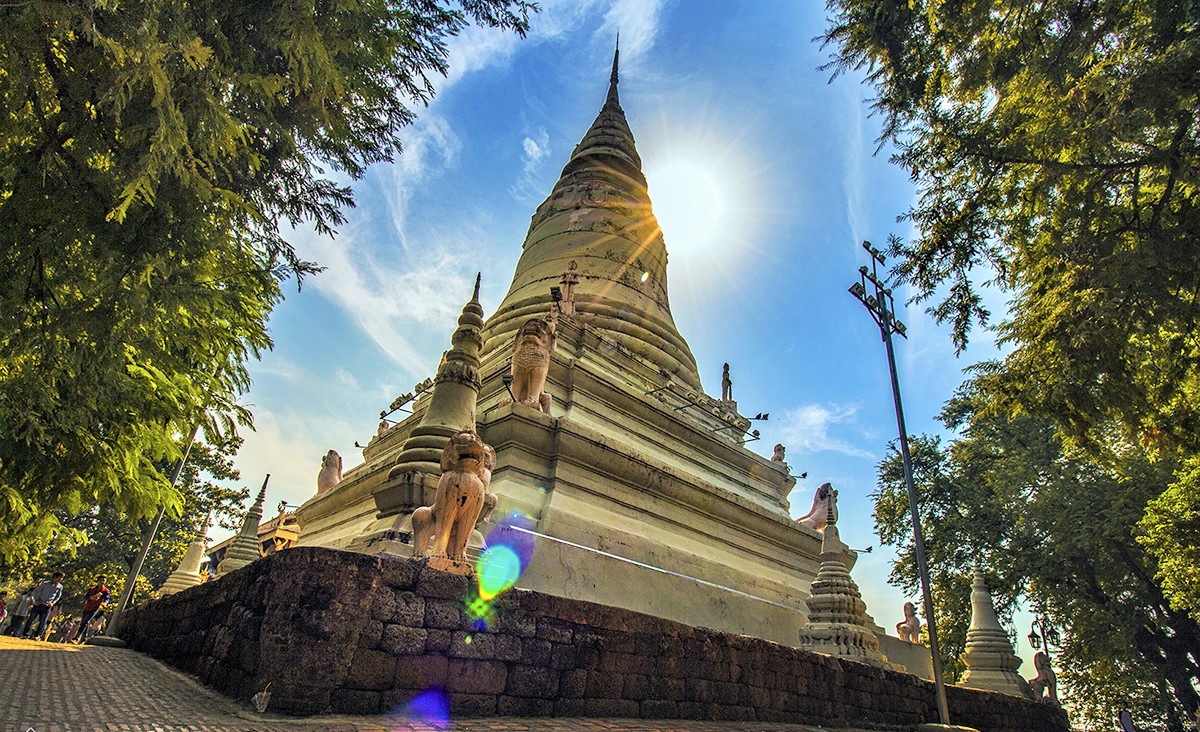
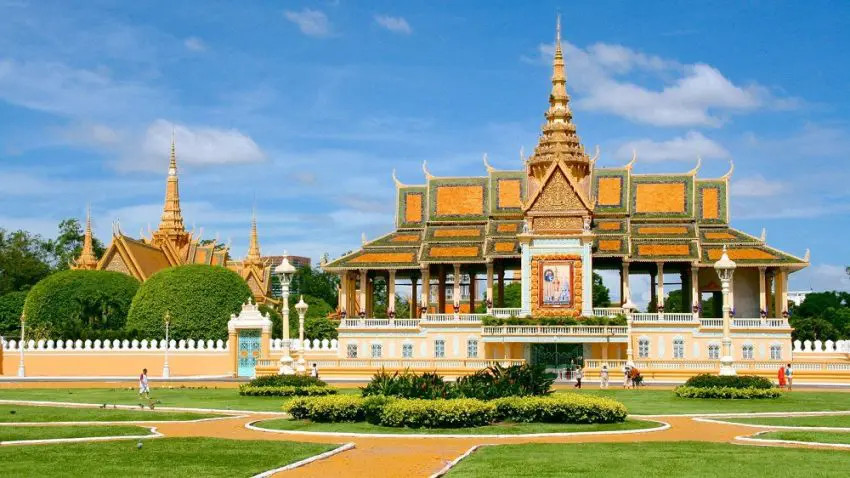


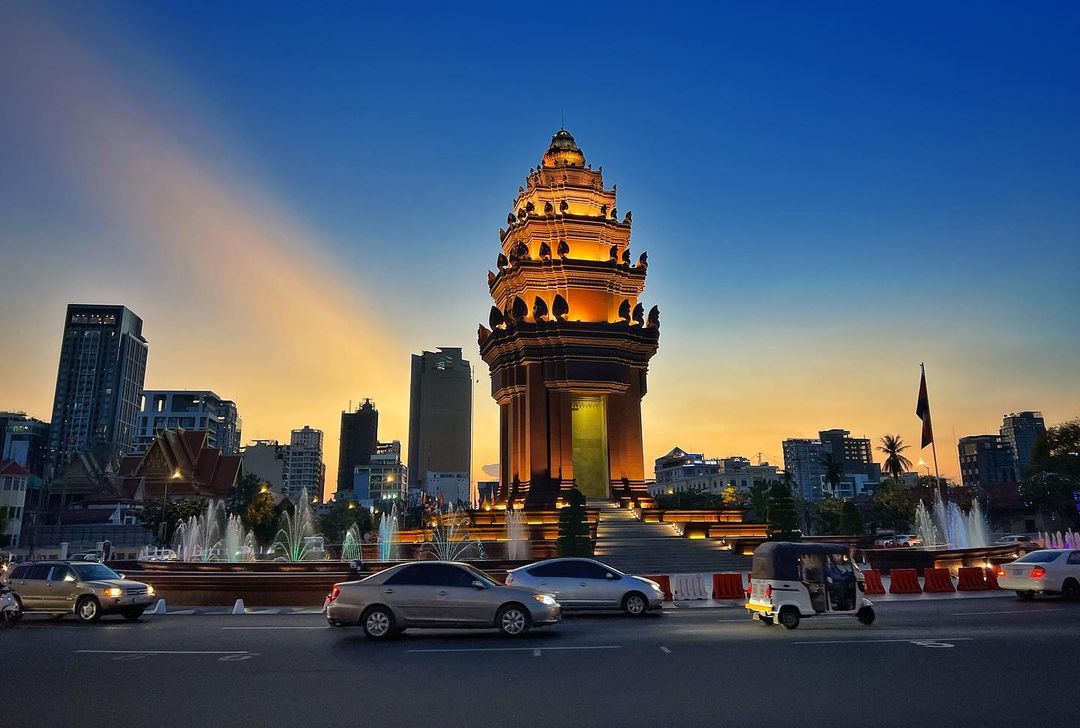
.jpg)
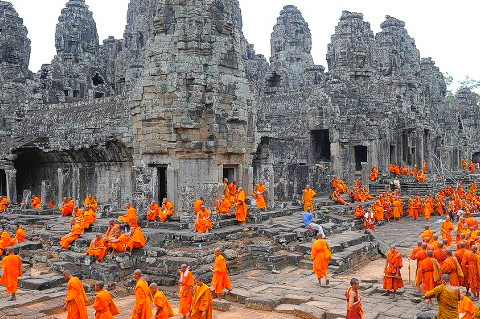
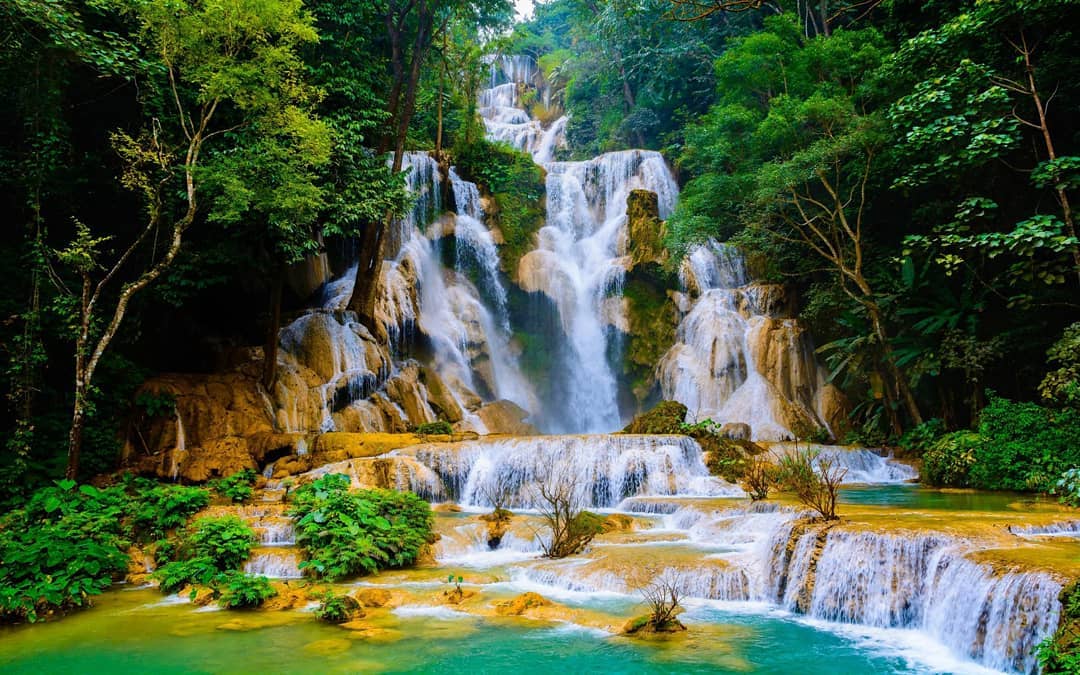
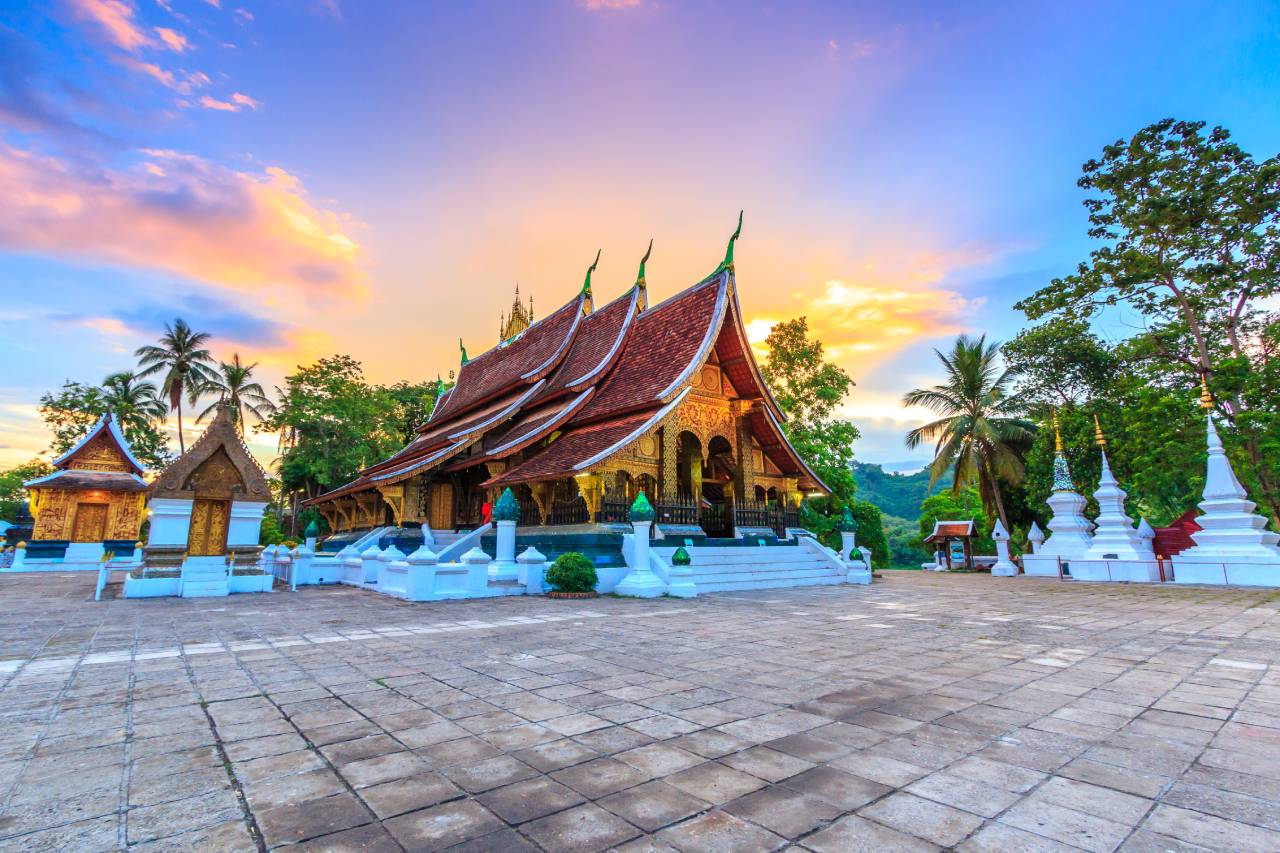
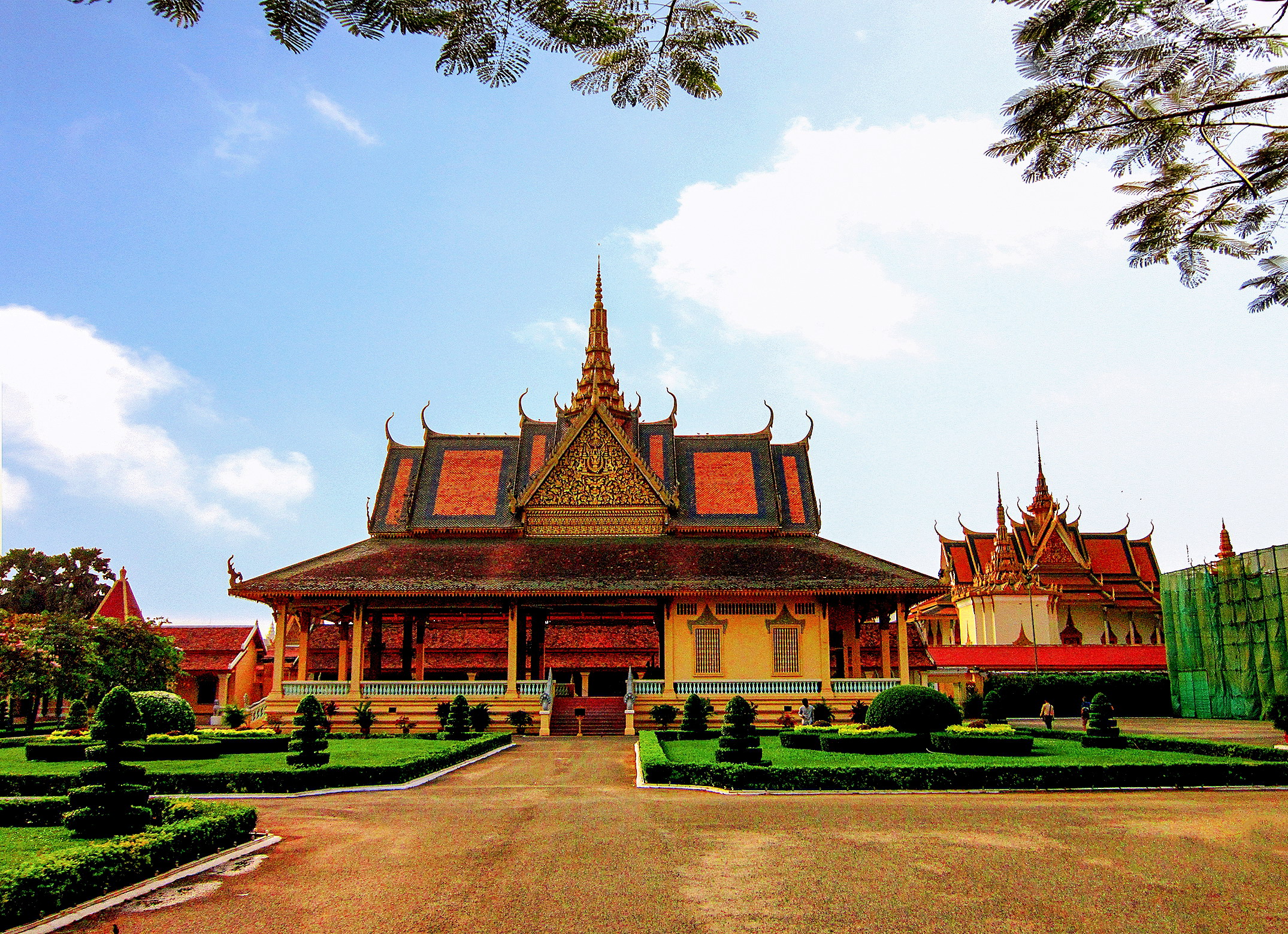
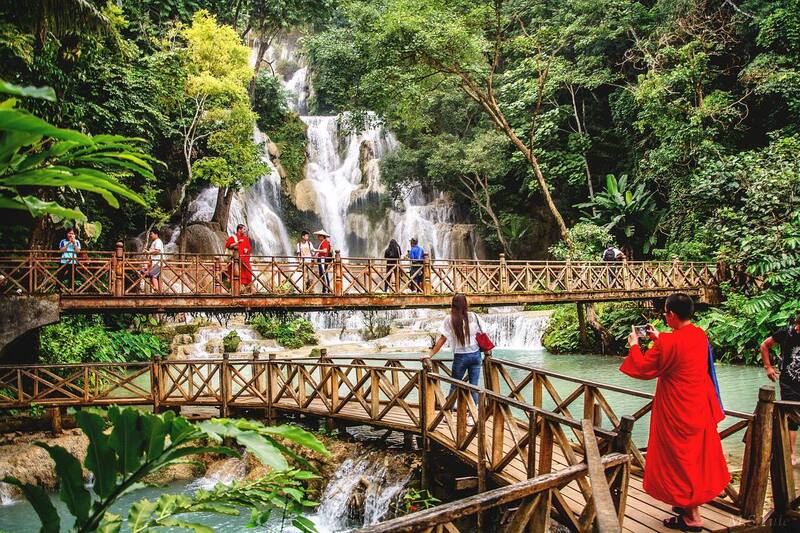
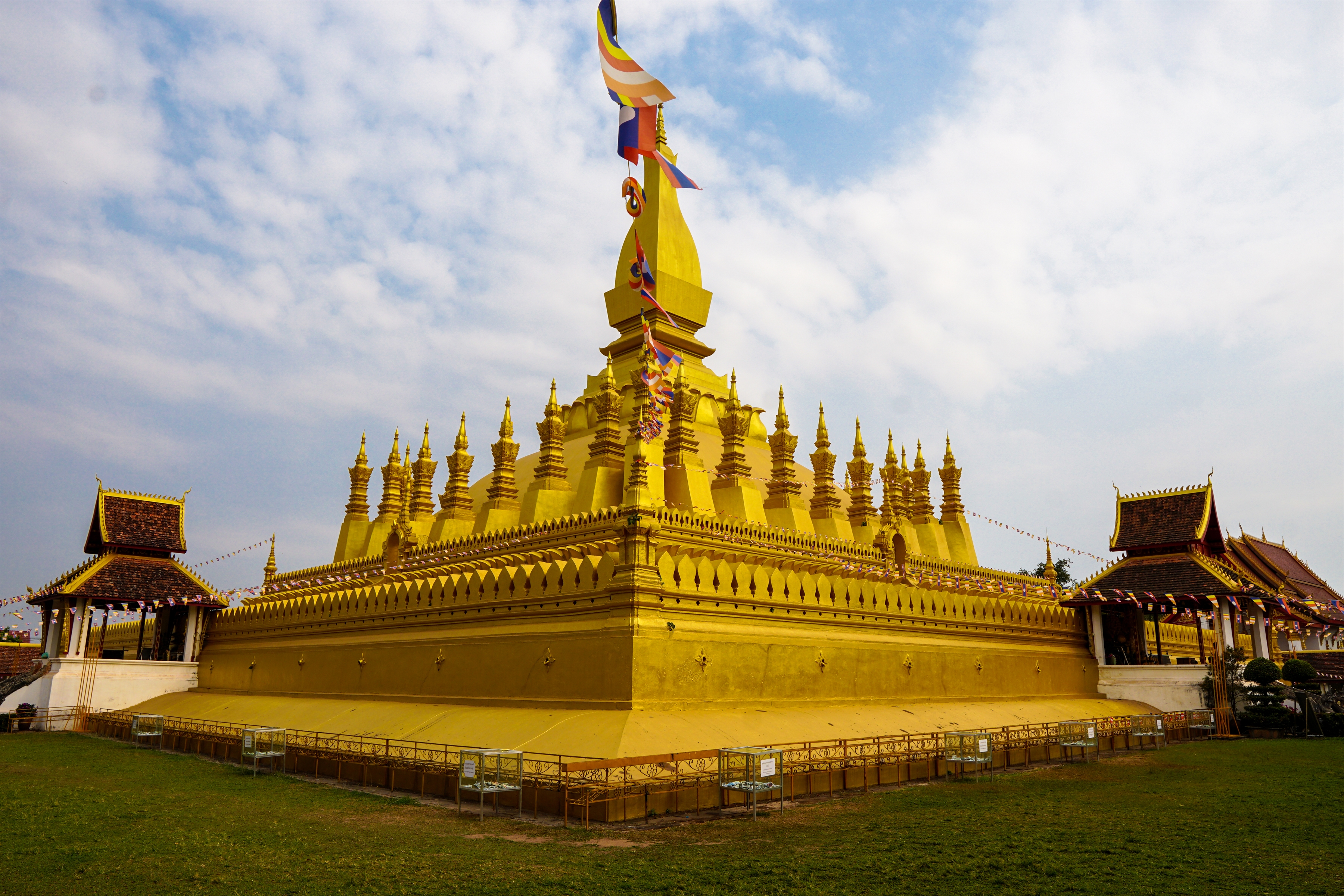
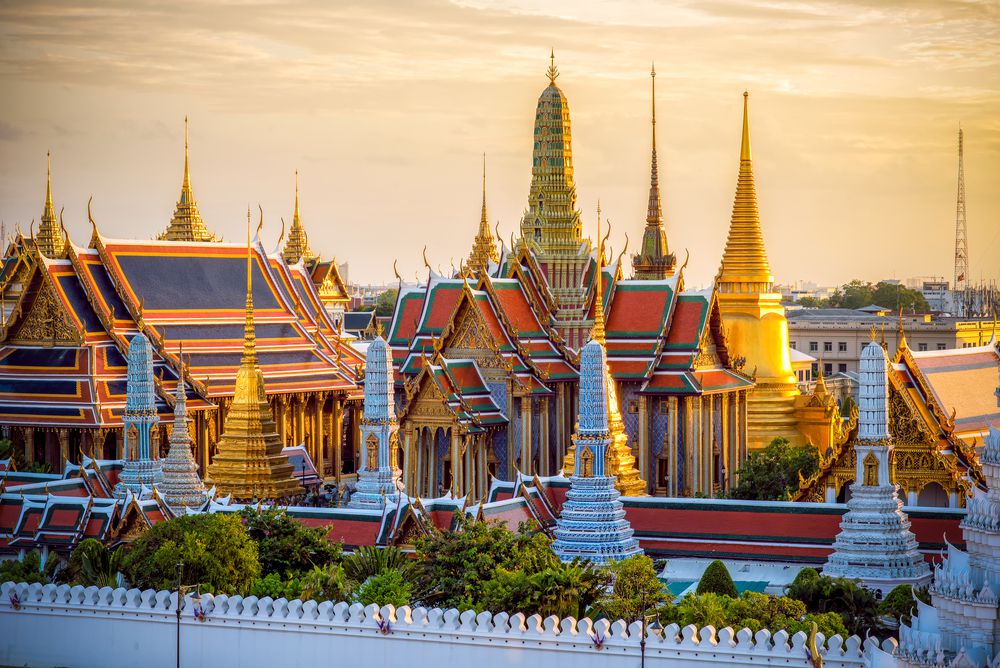
.jpg)
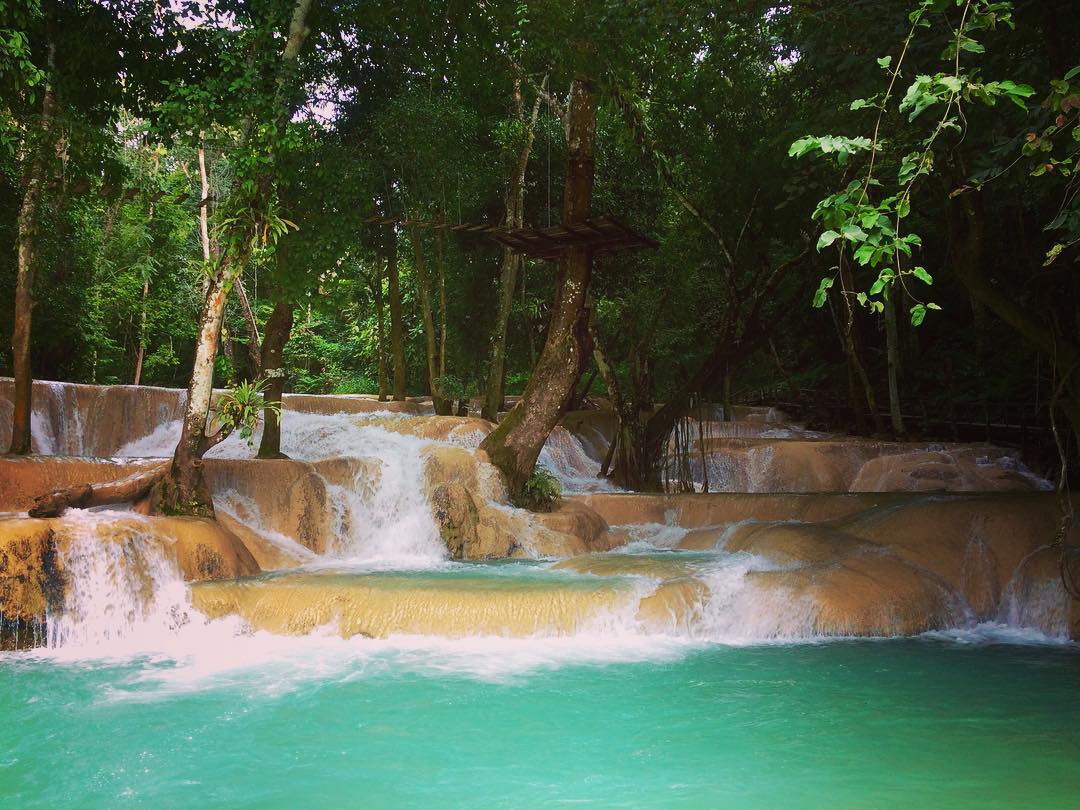
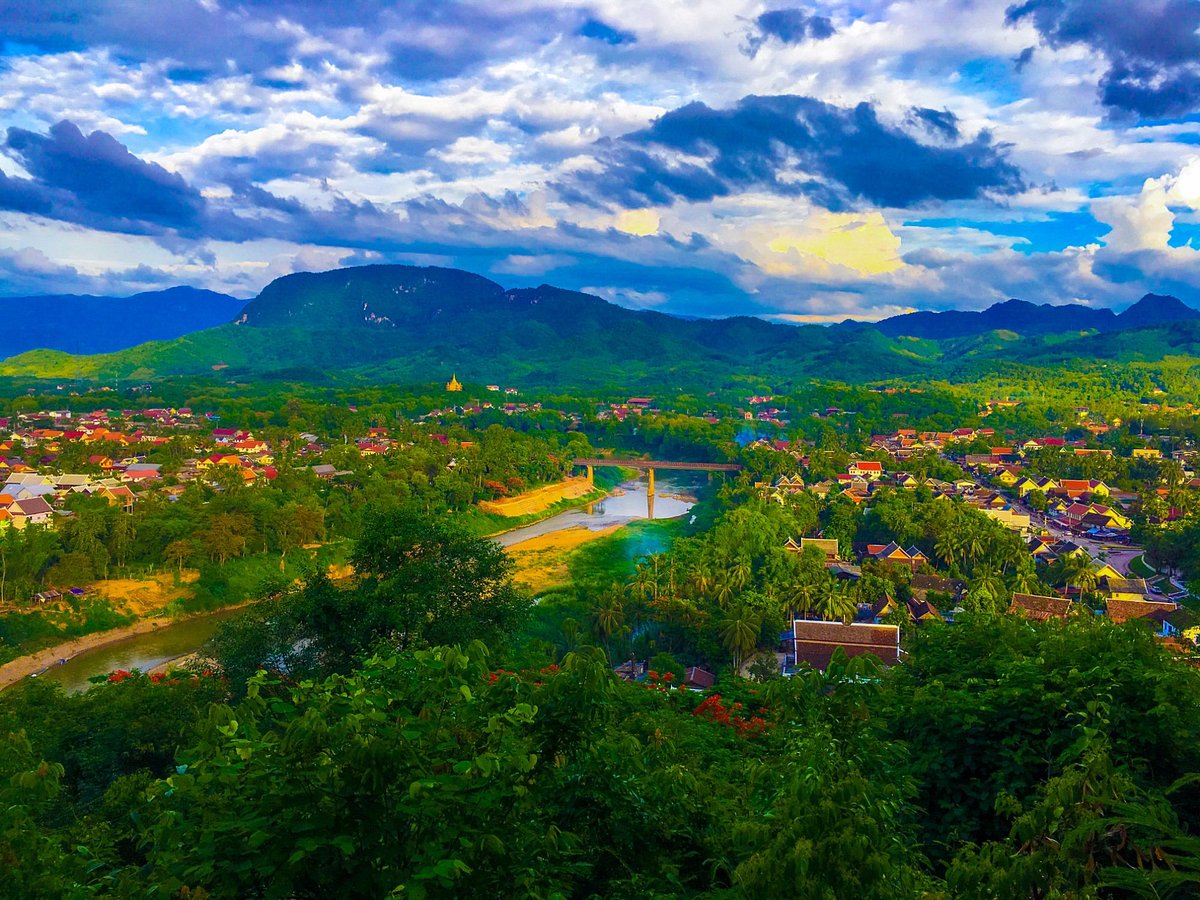

.jpg)



.png)


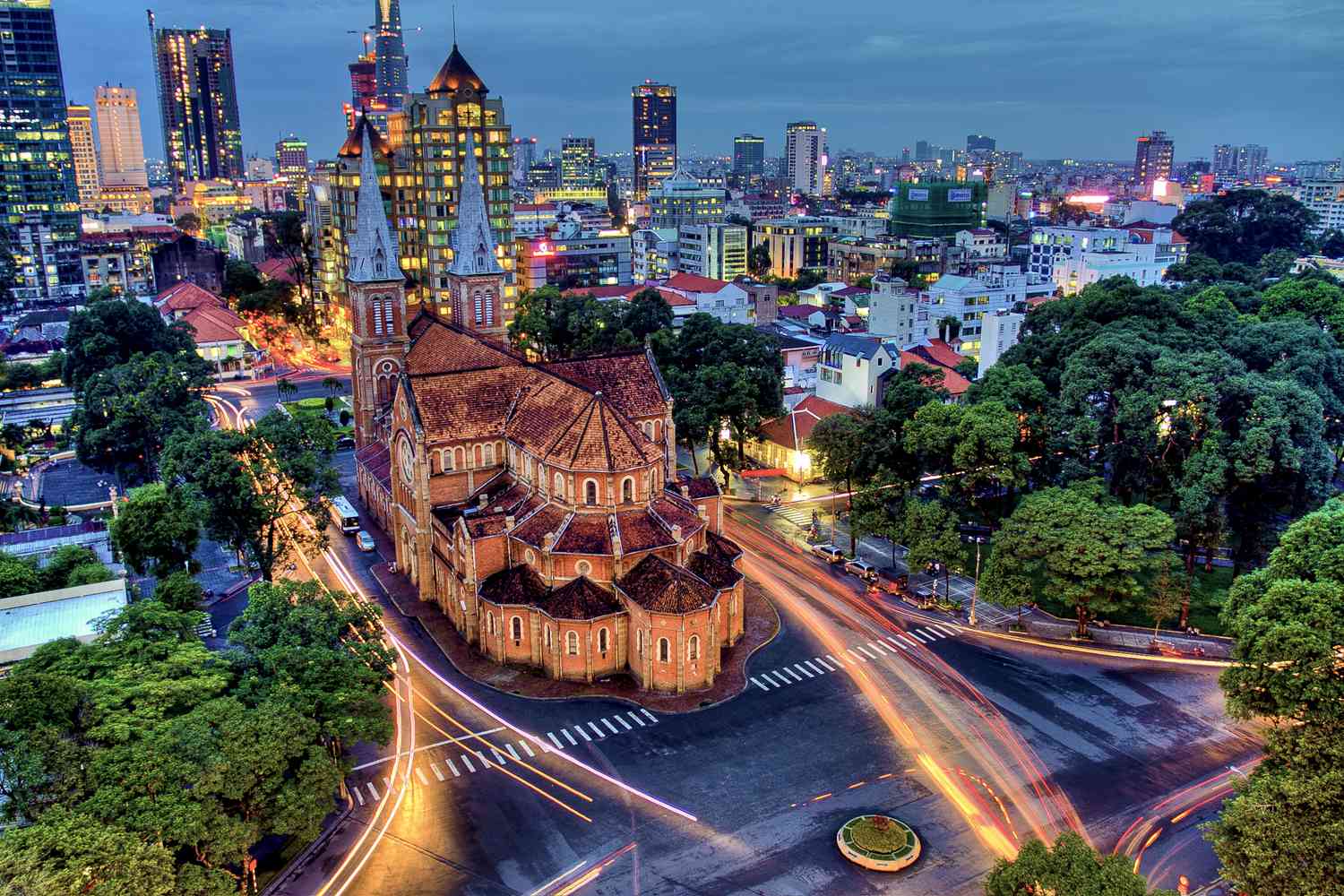

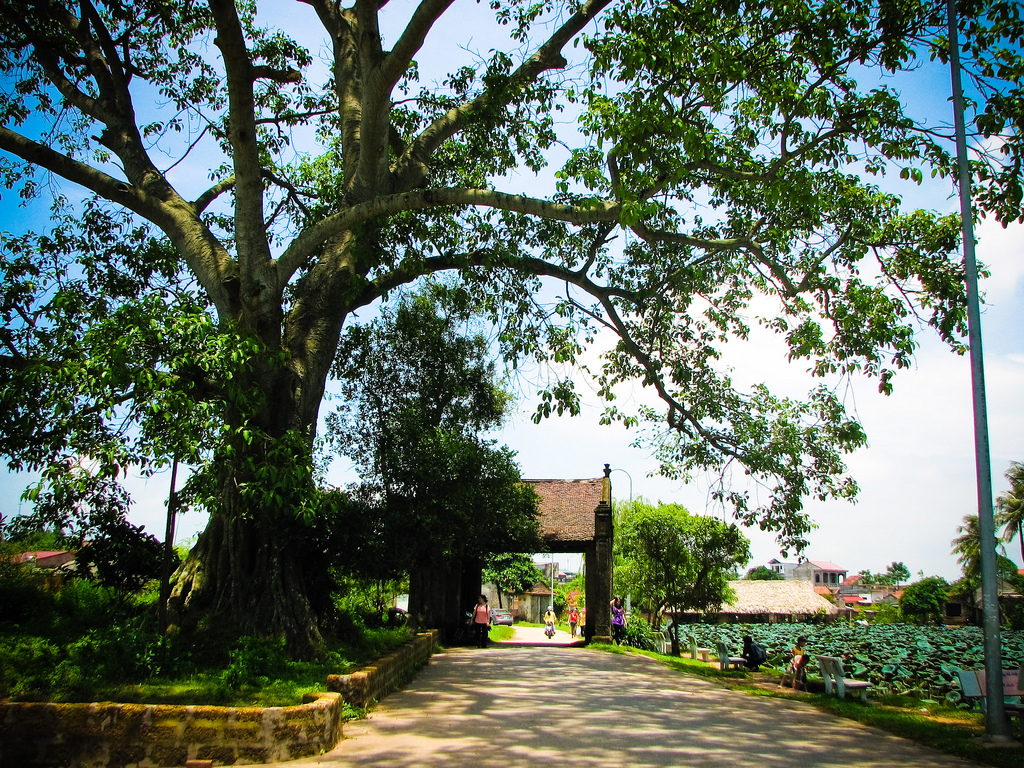
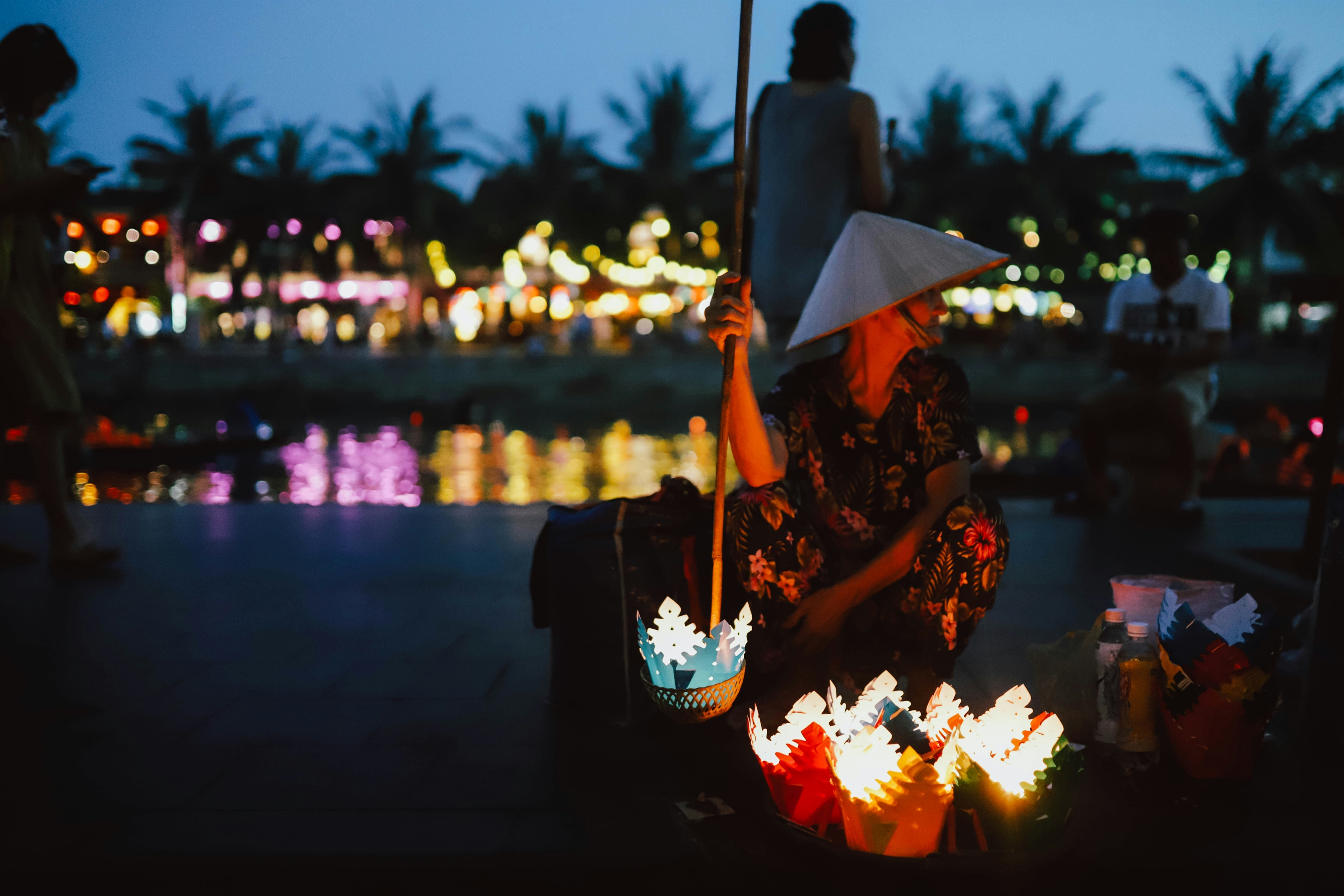
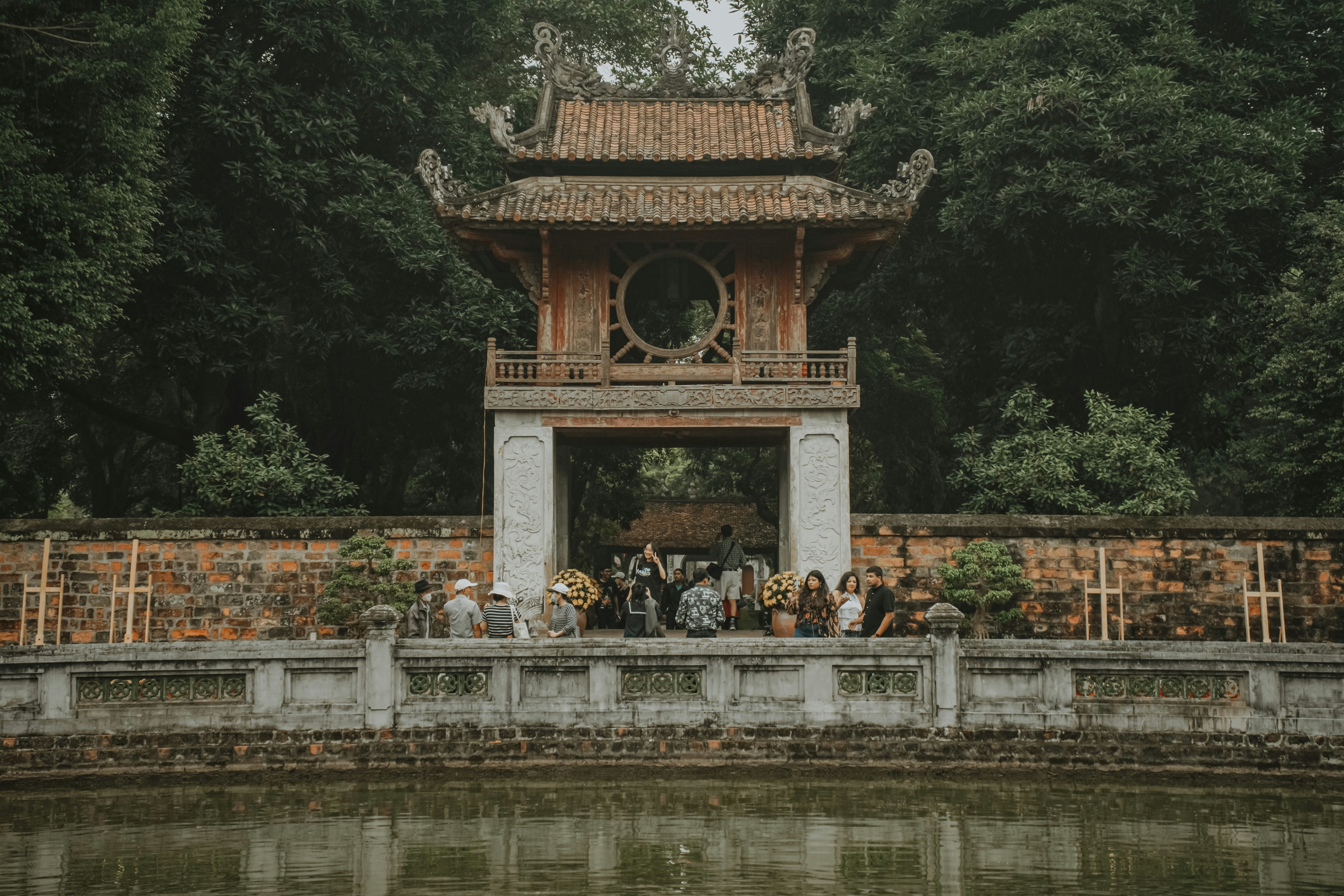

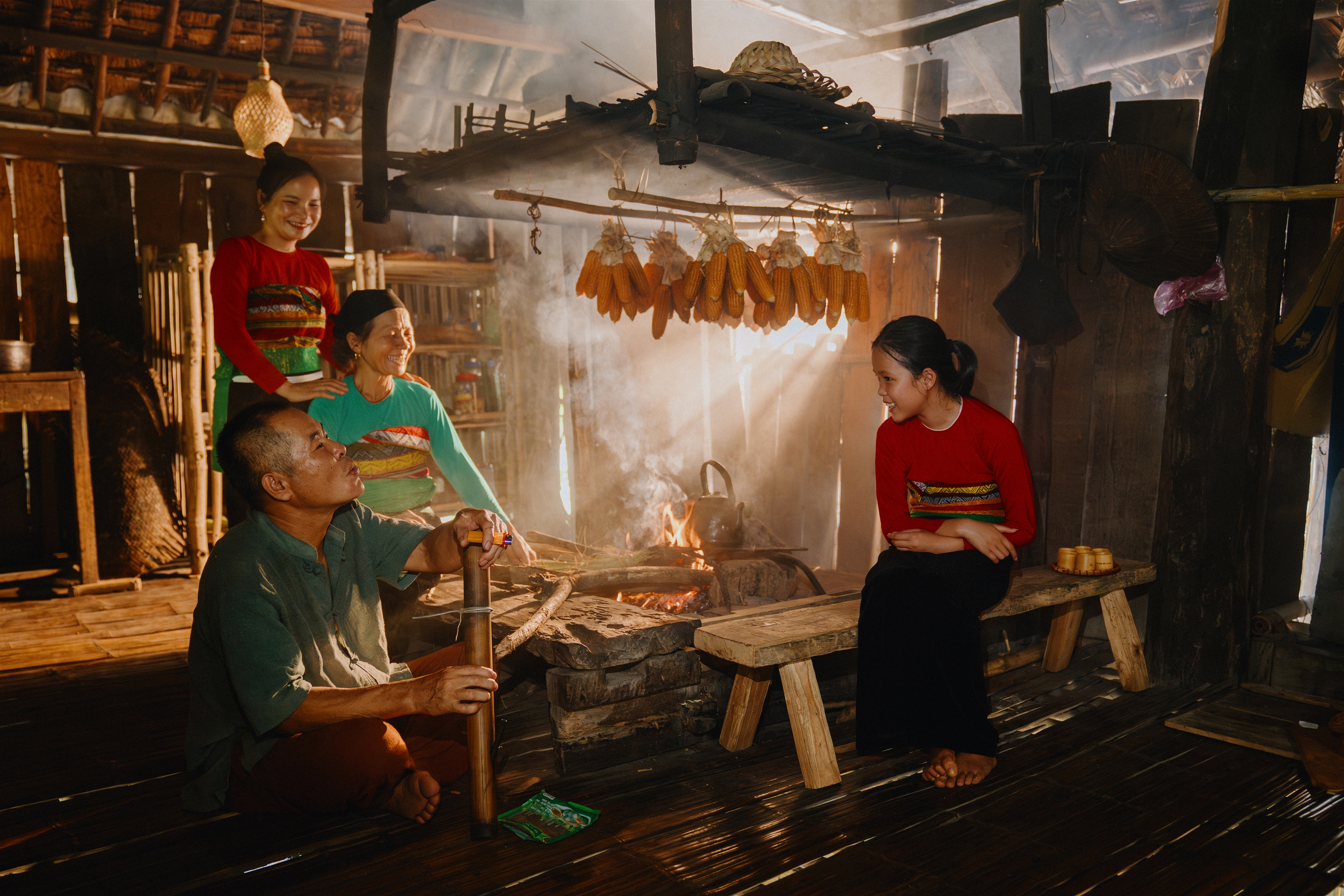

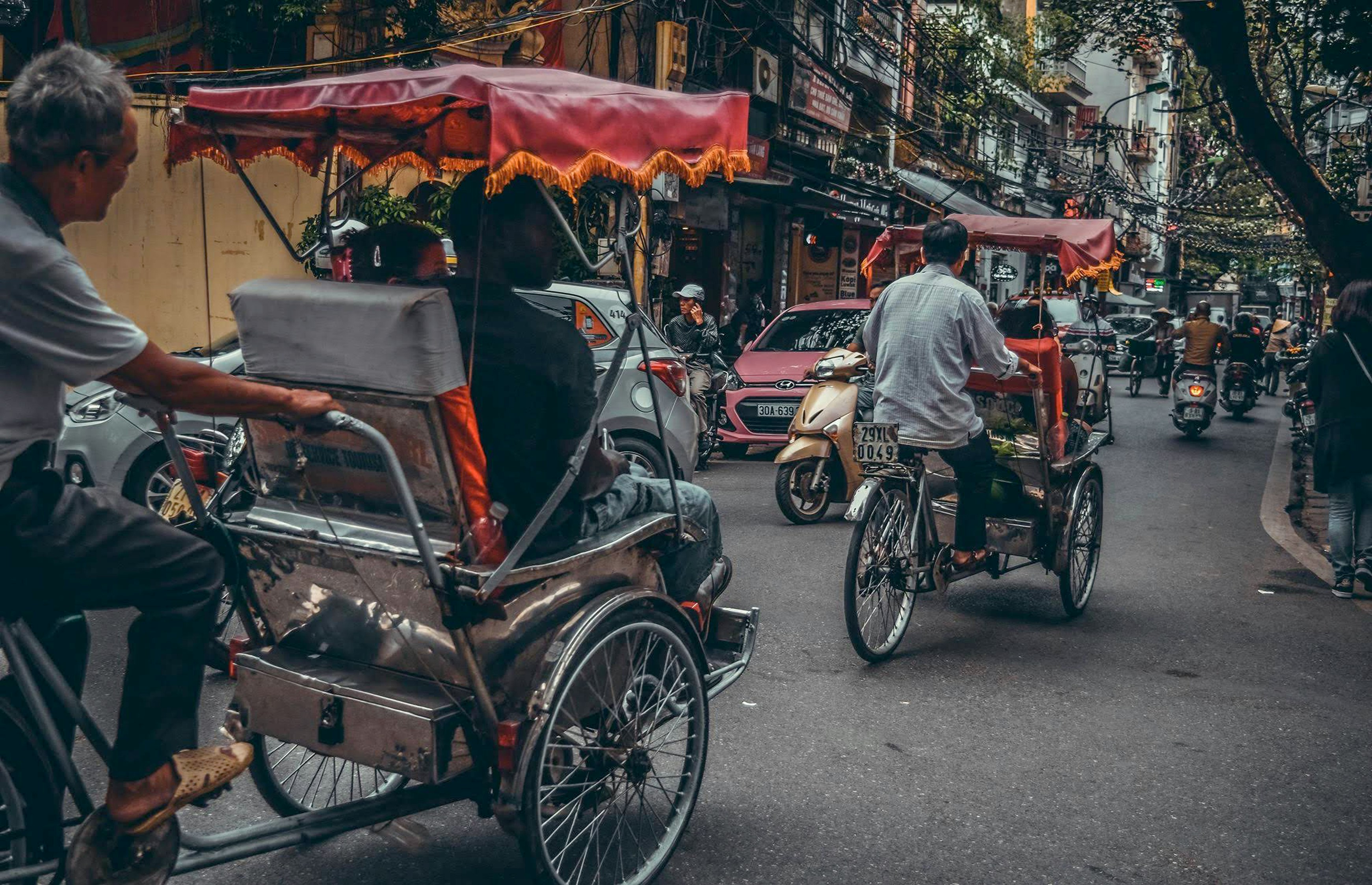
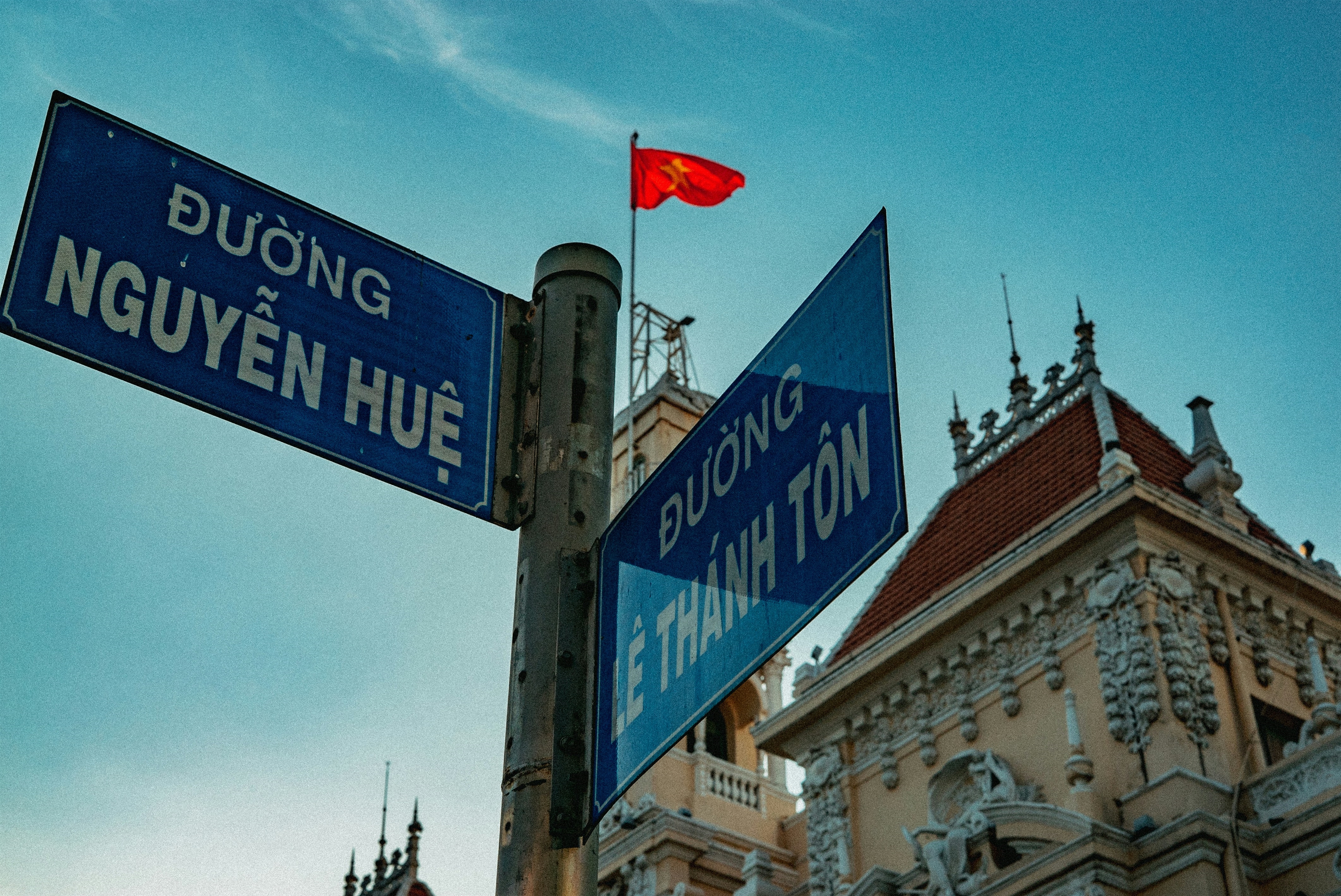
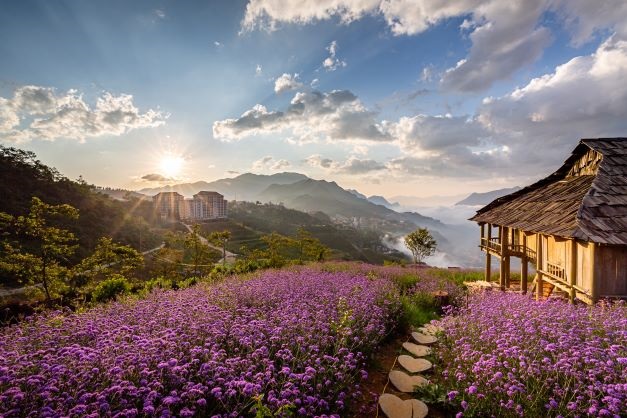
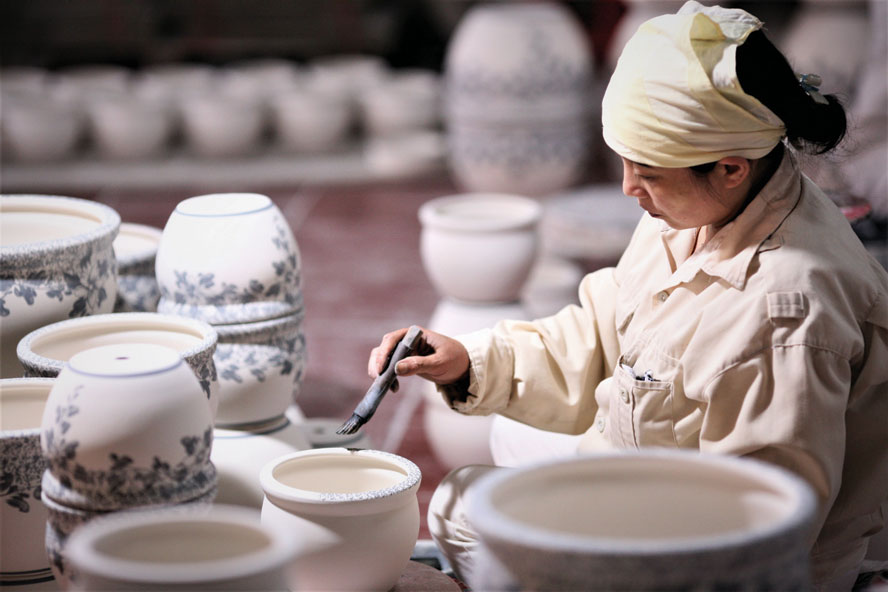

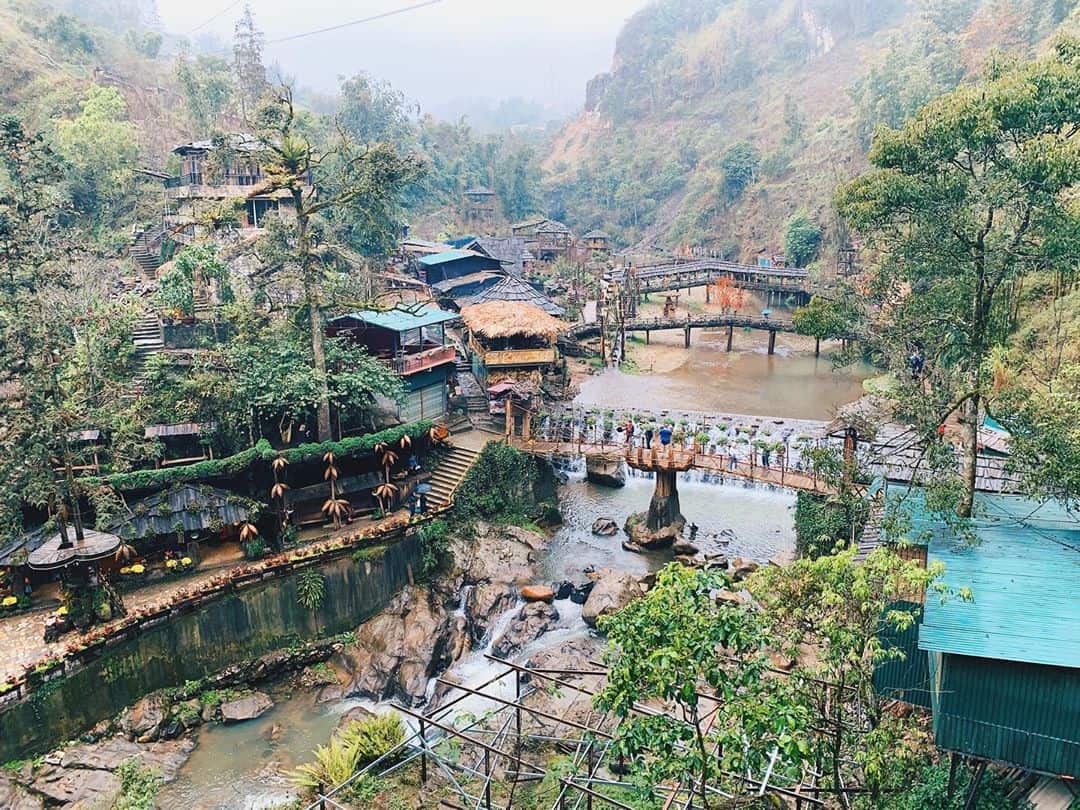
.jpg)
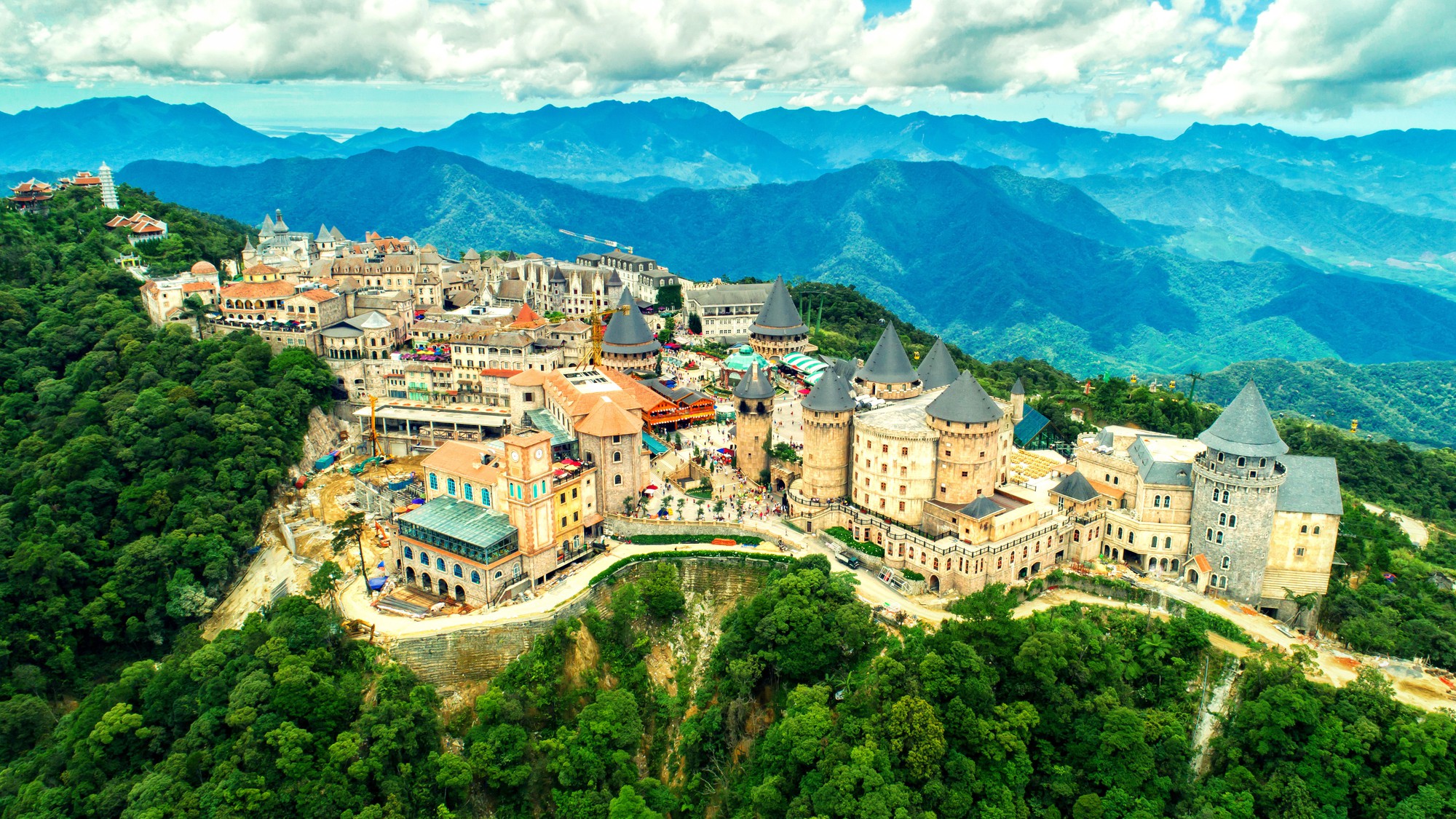

.jpg)
